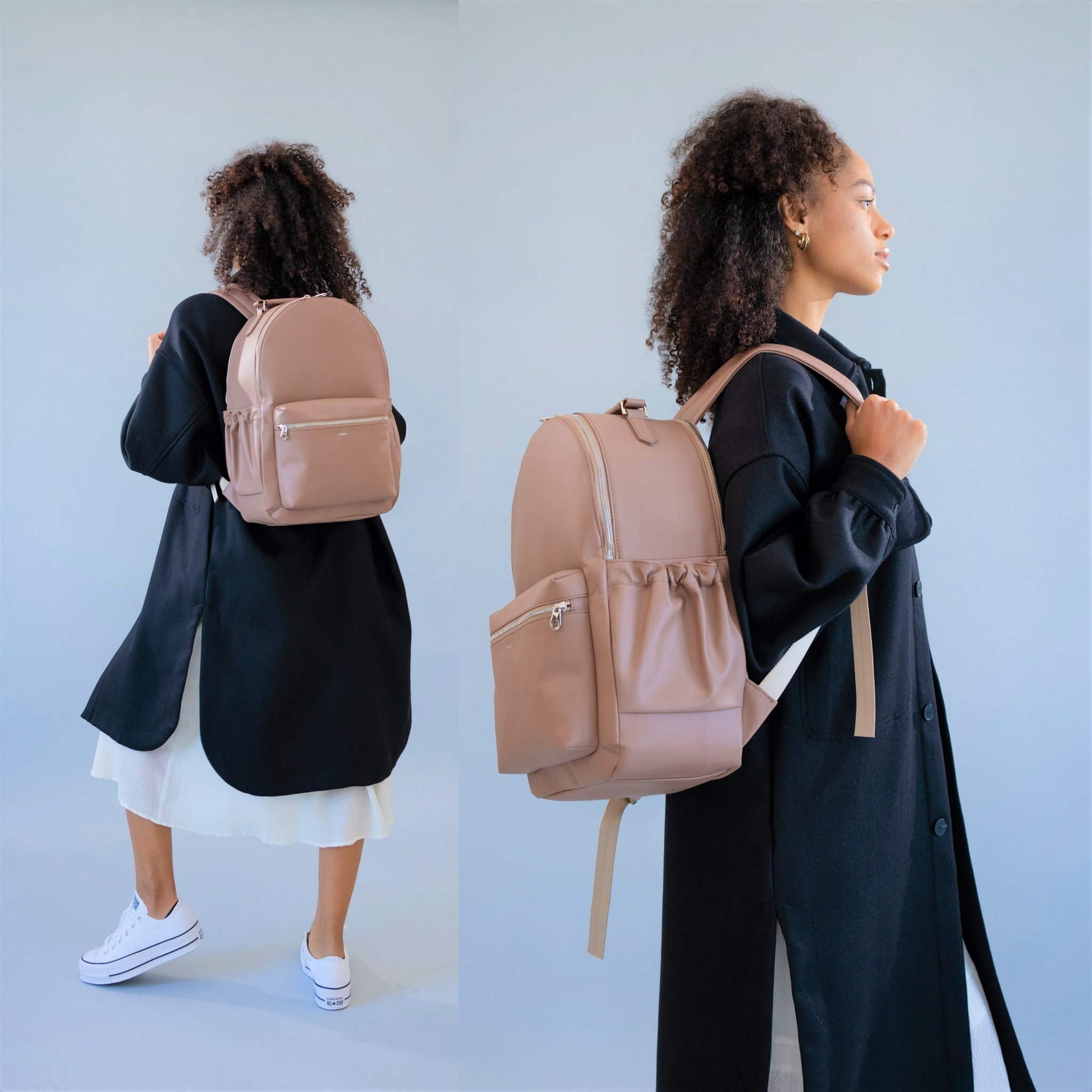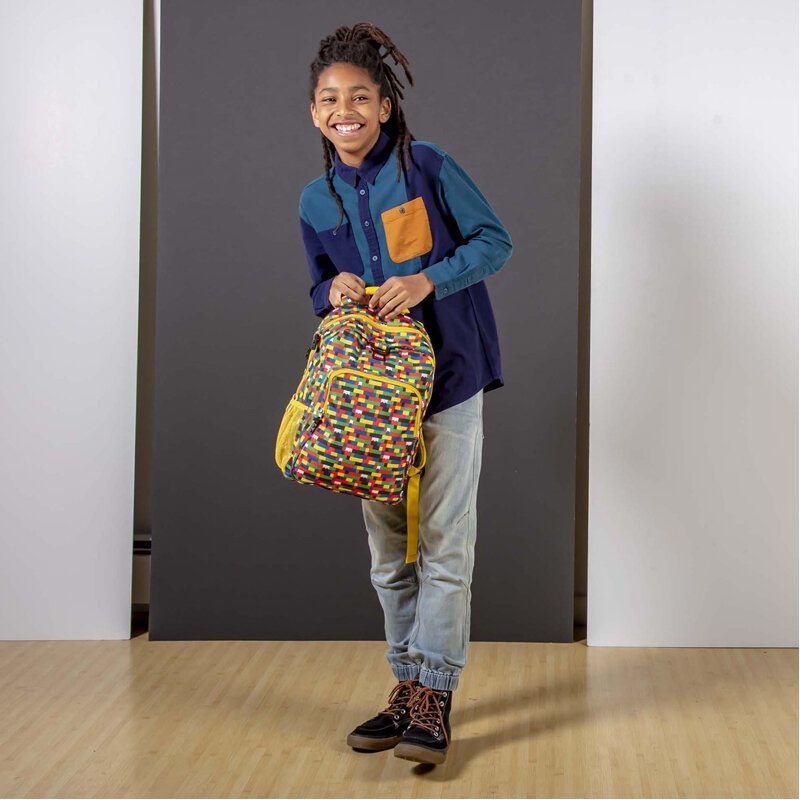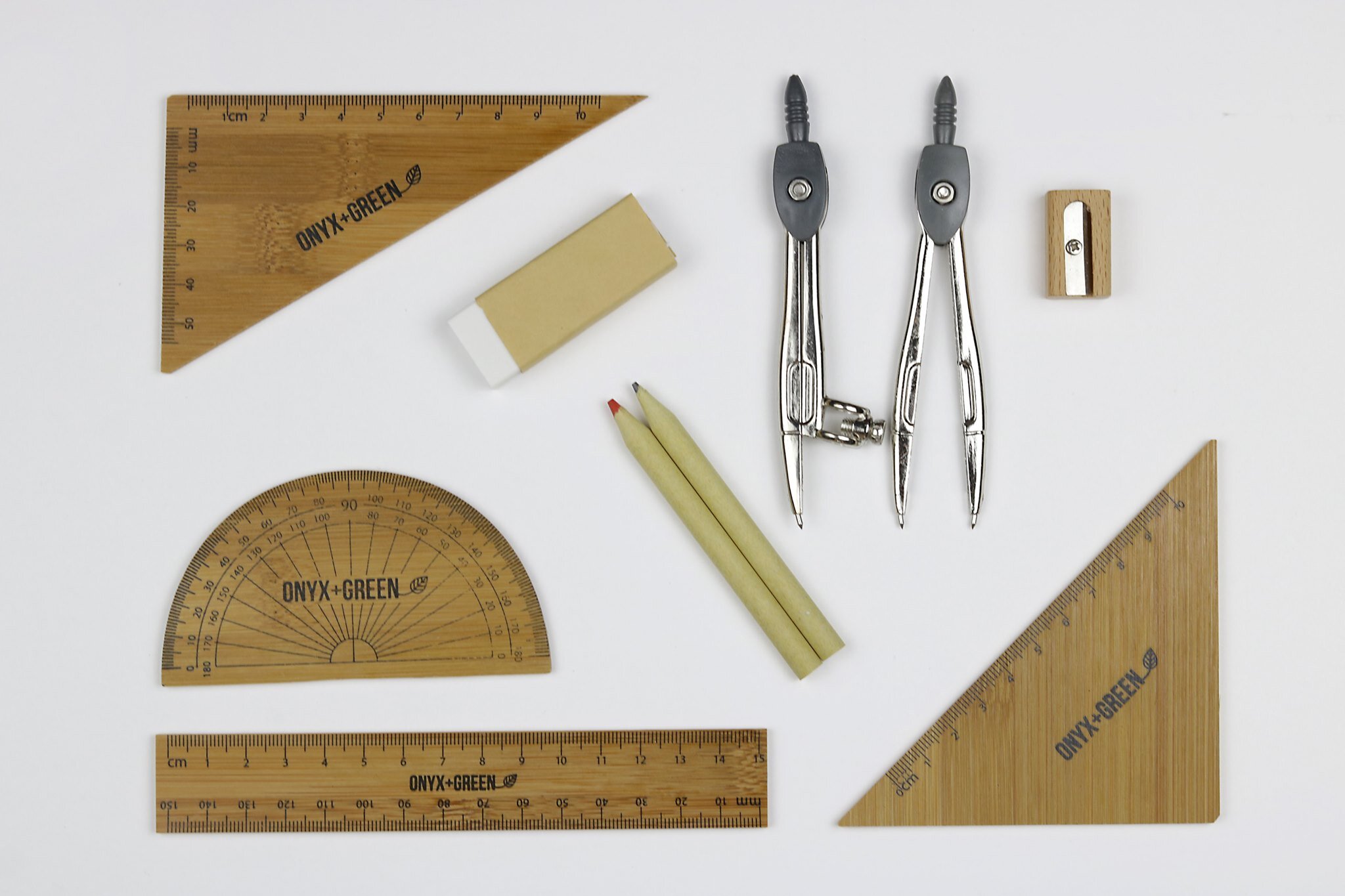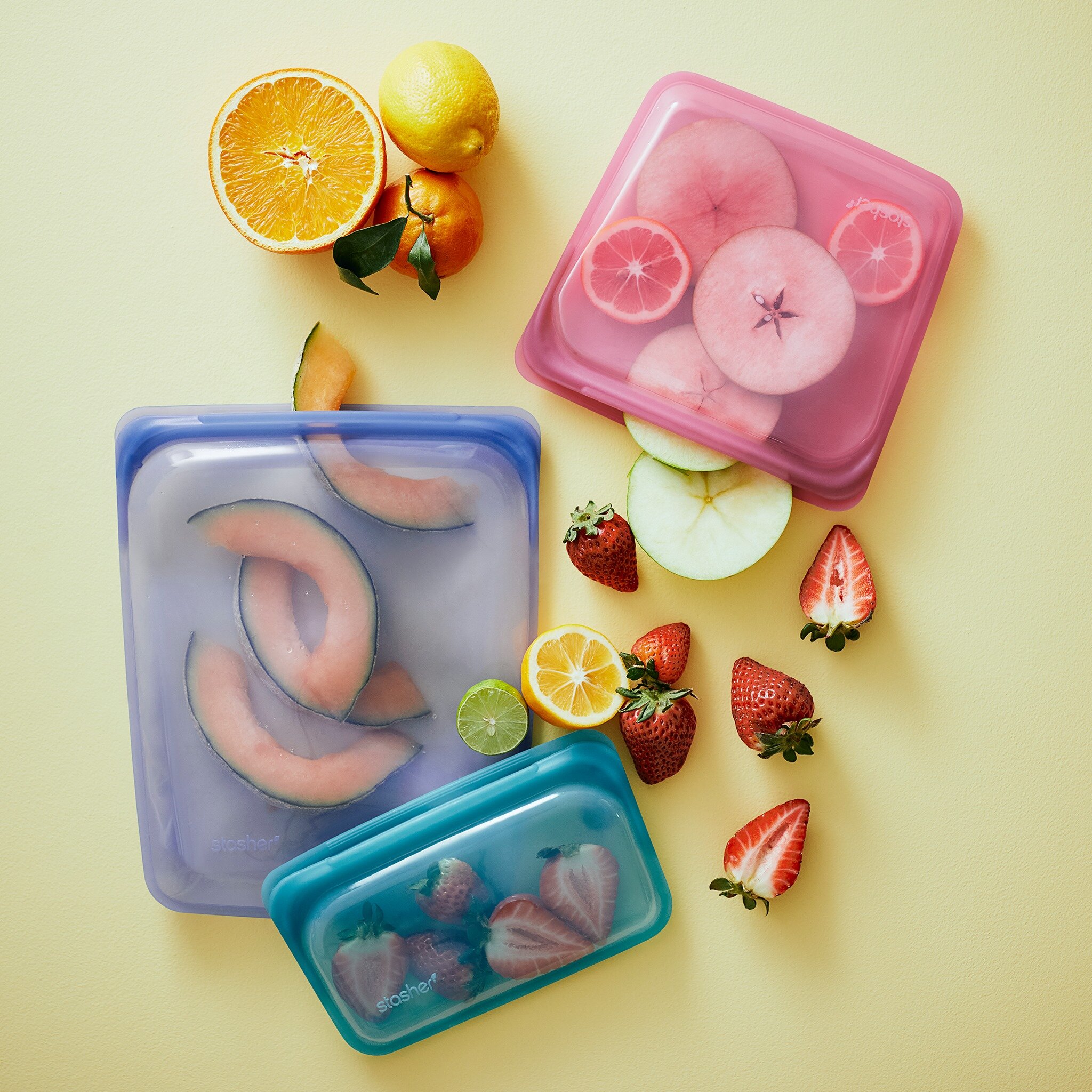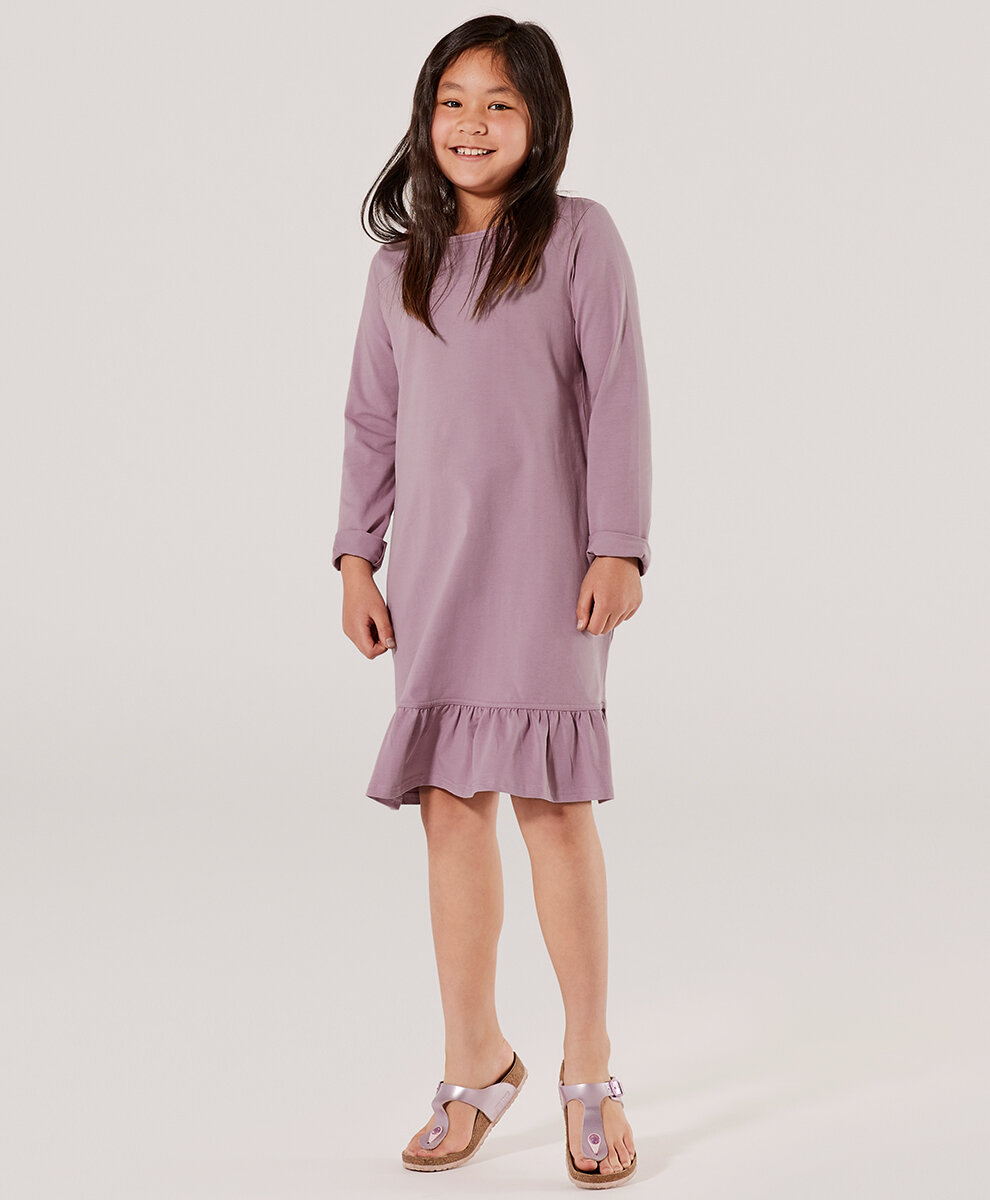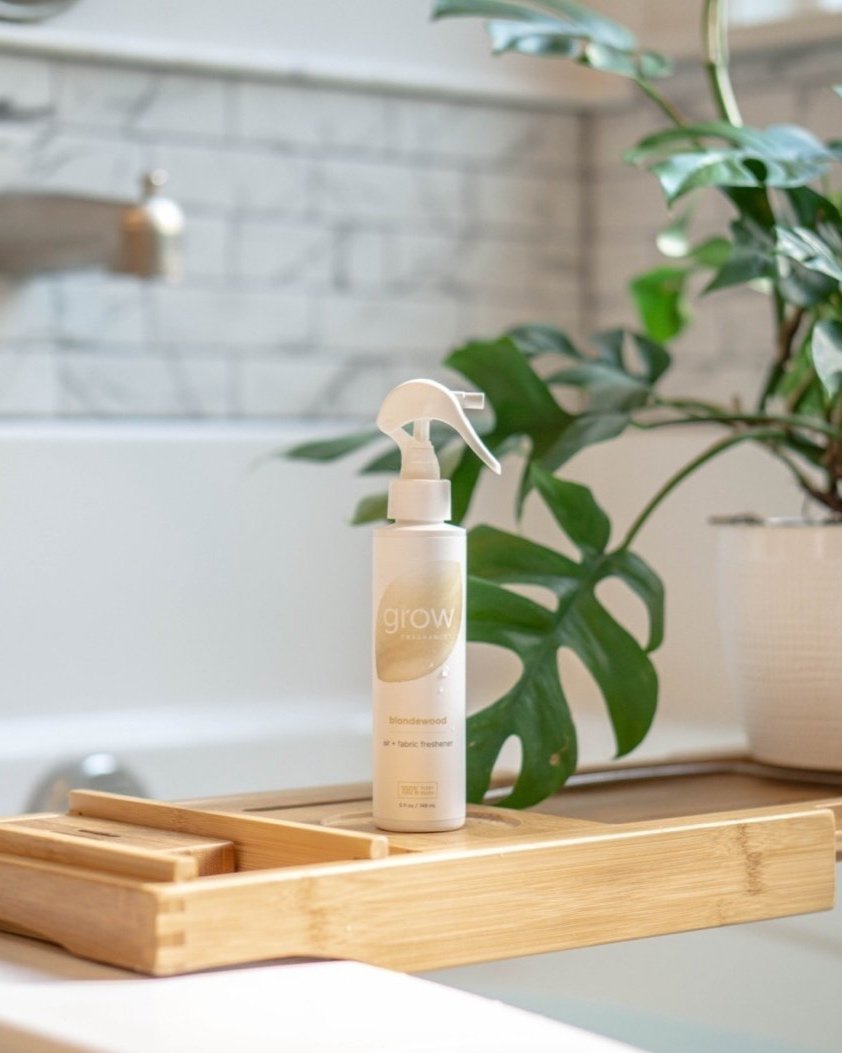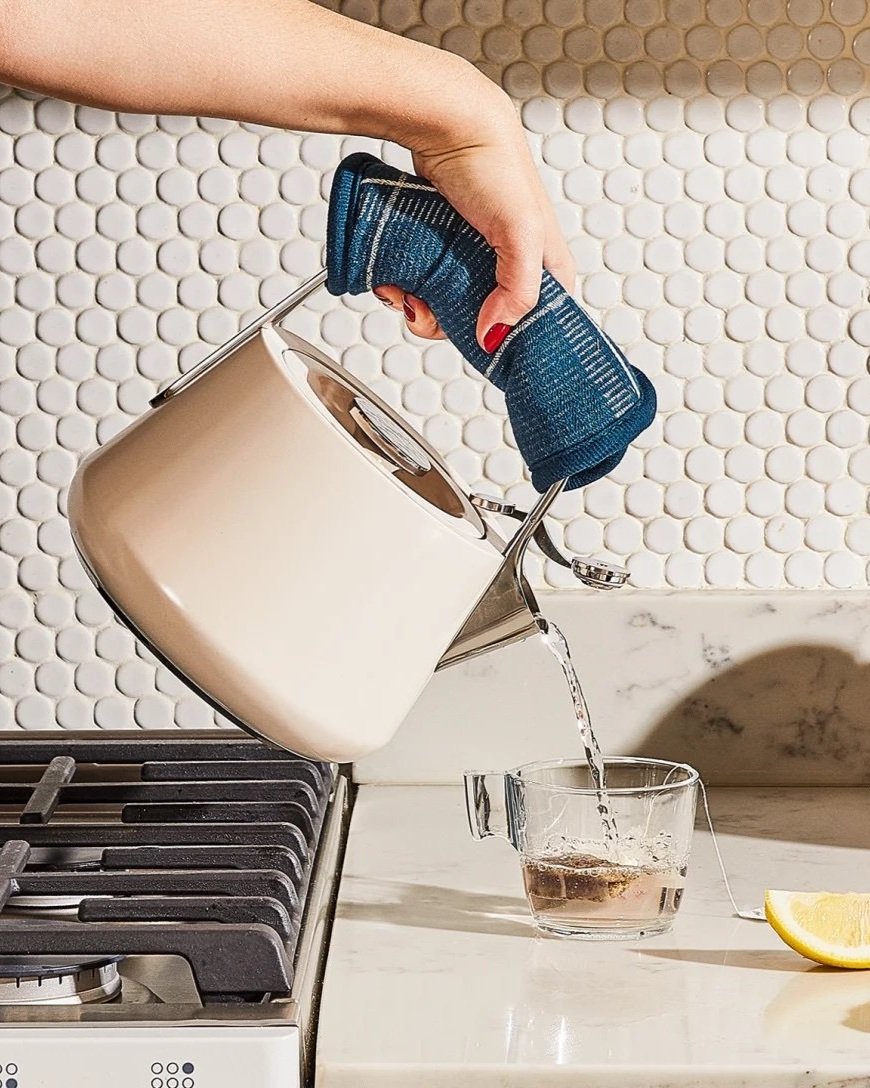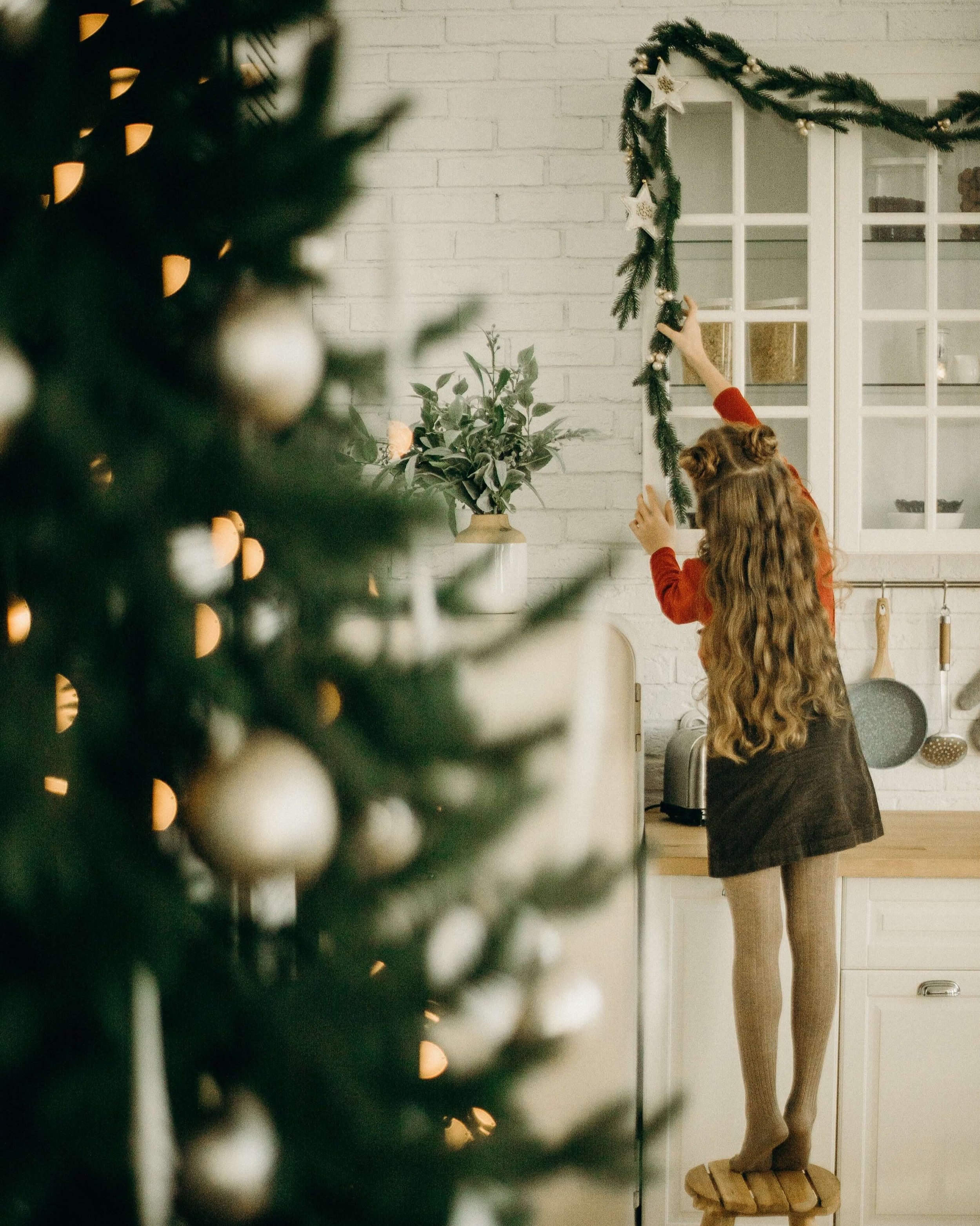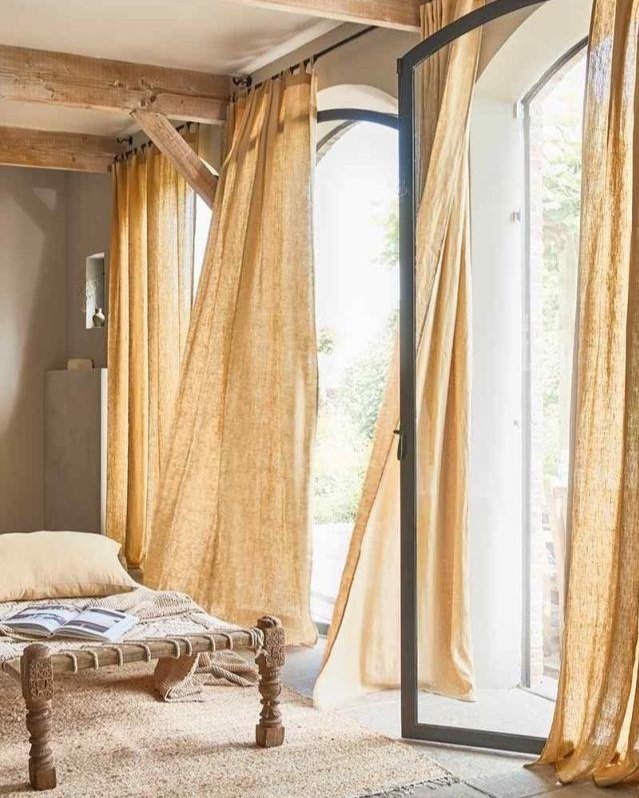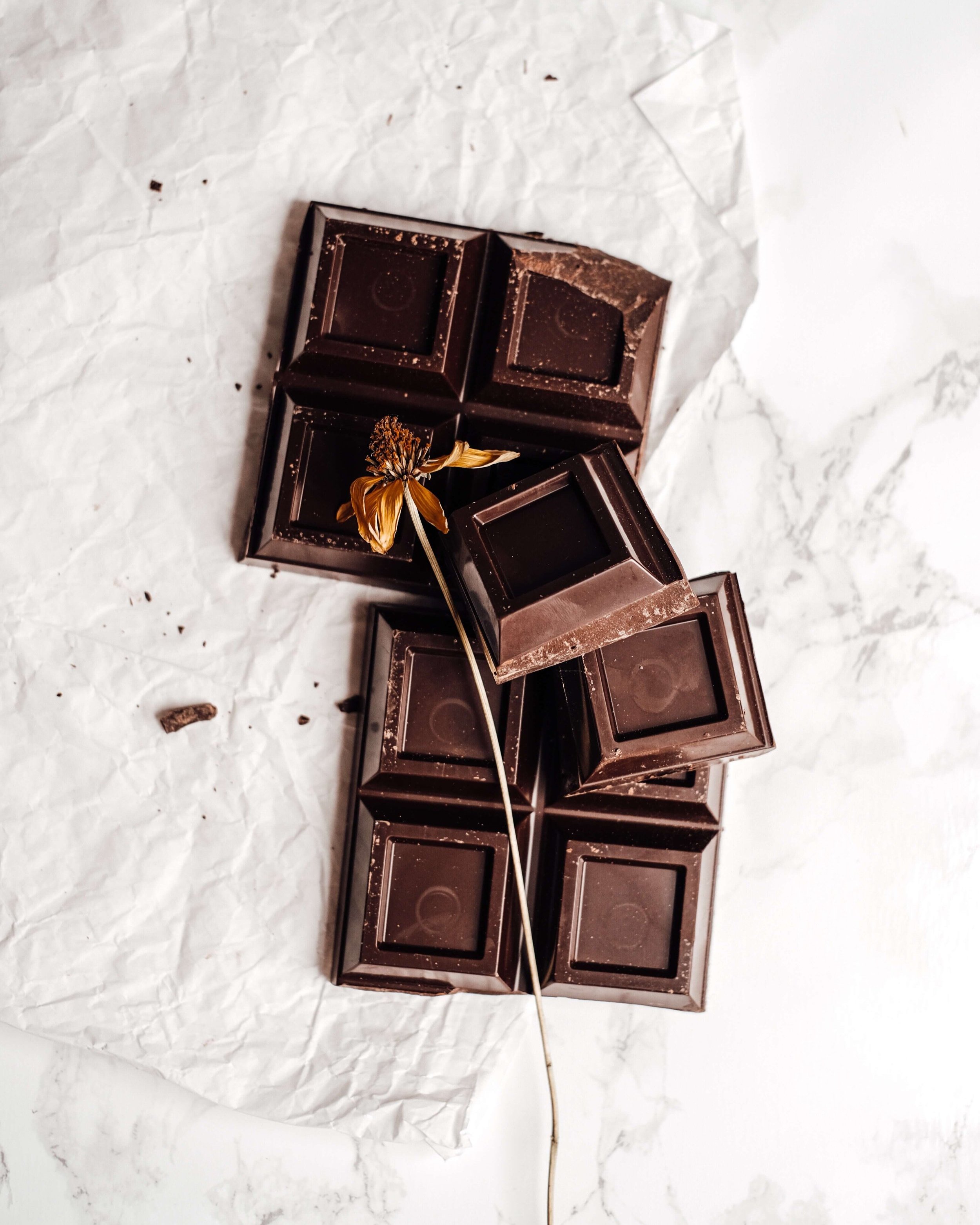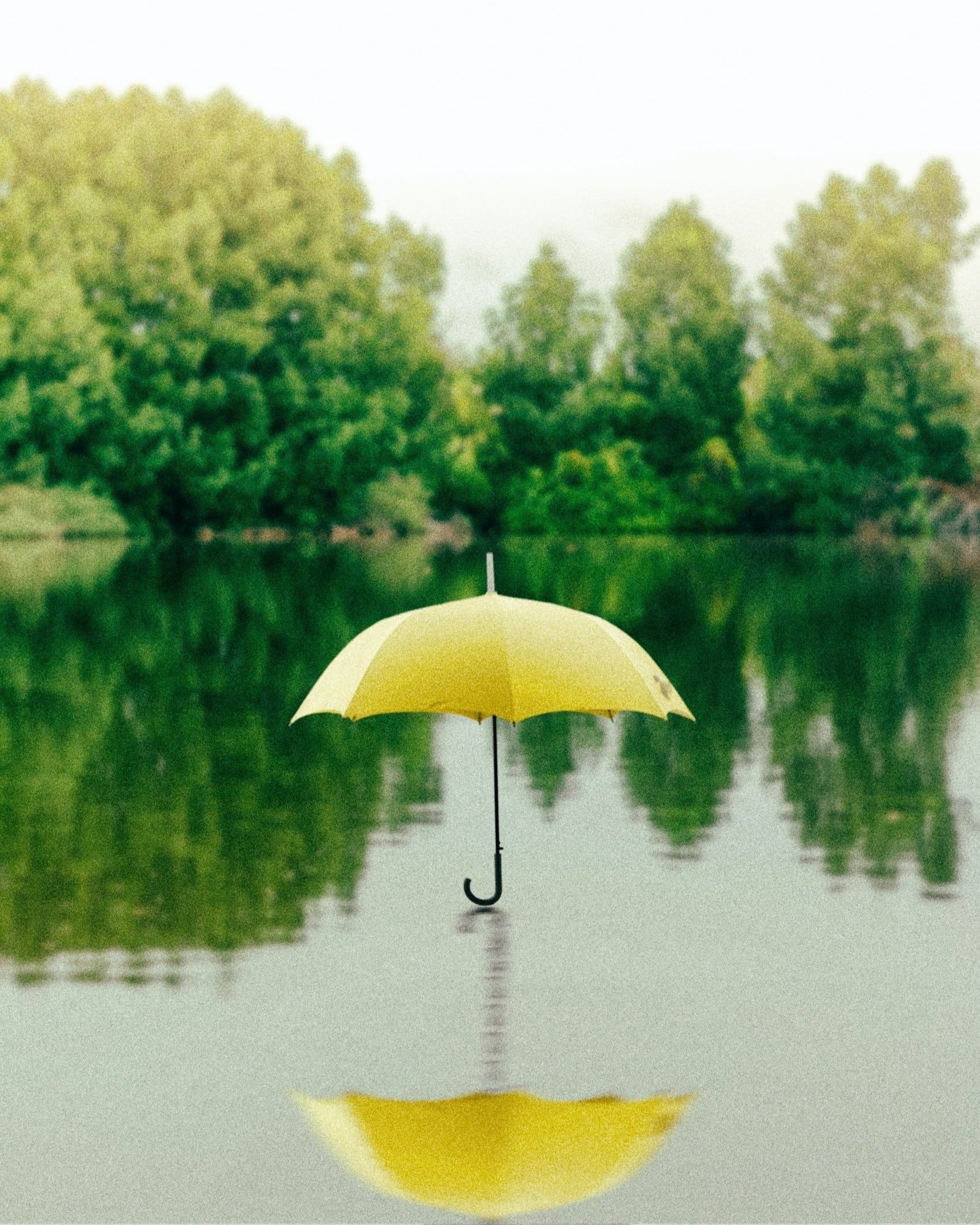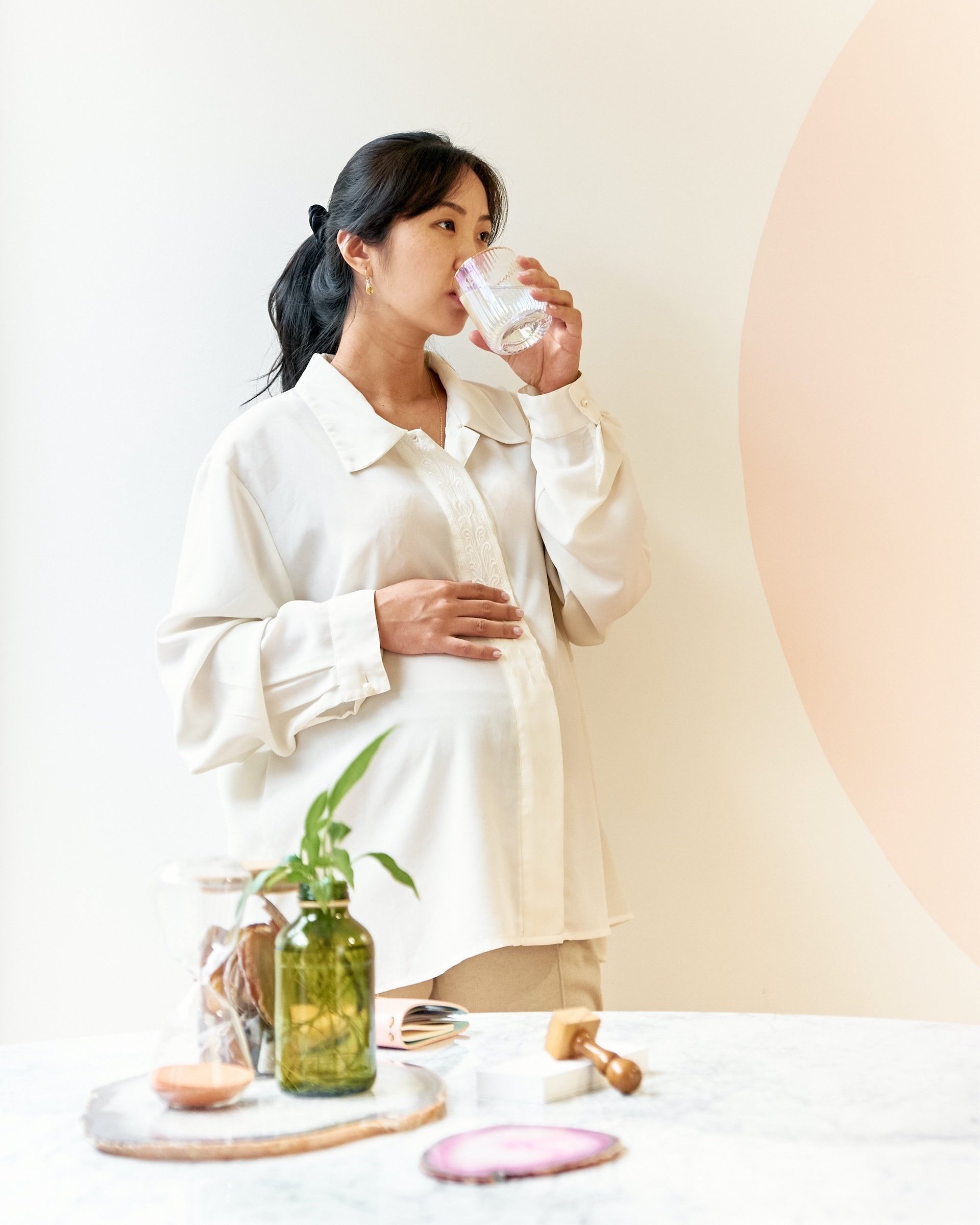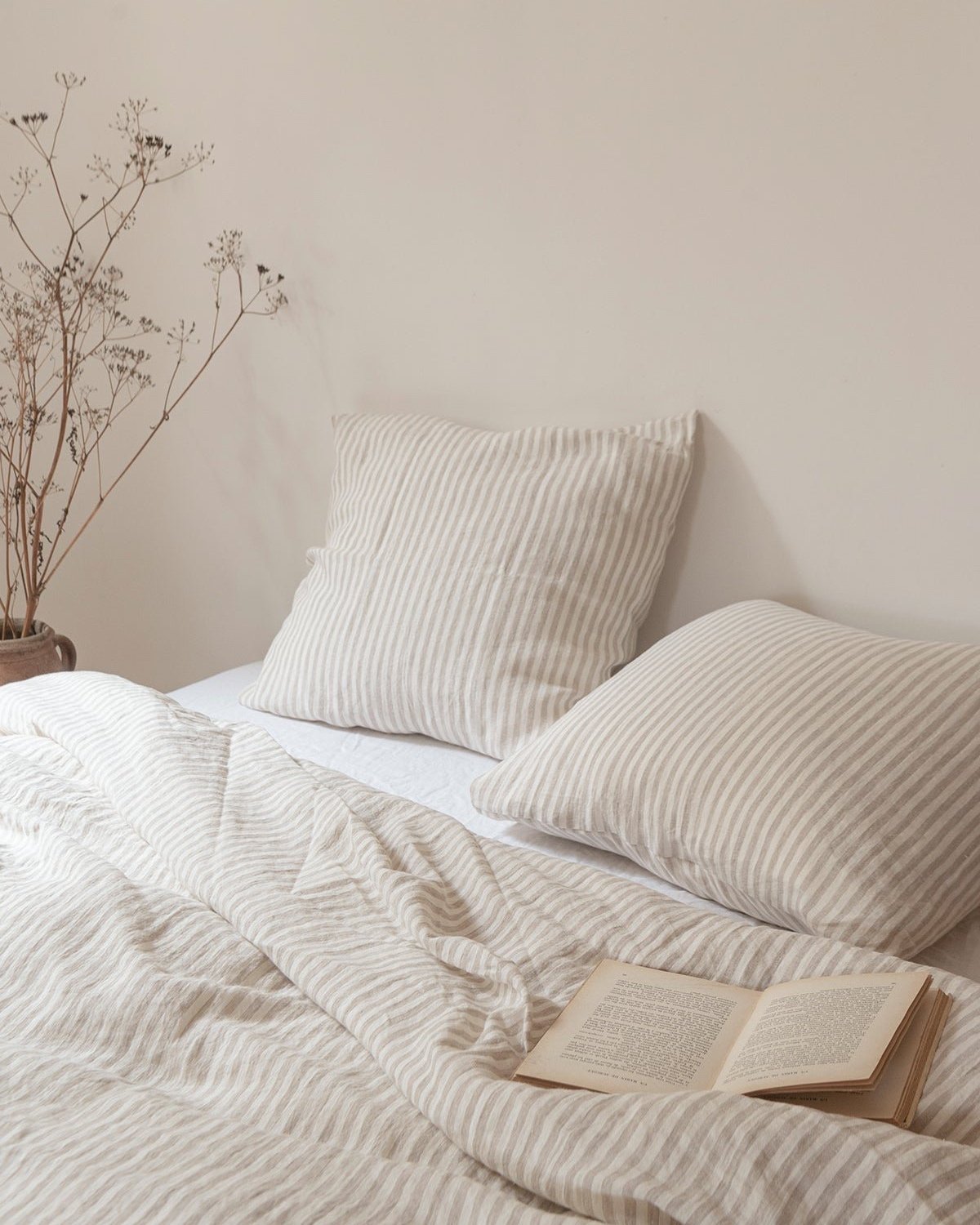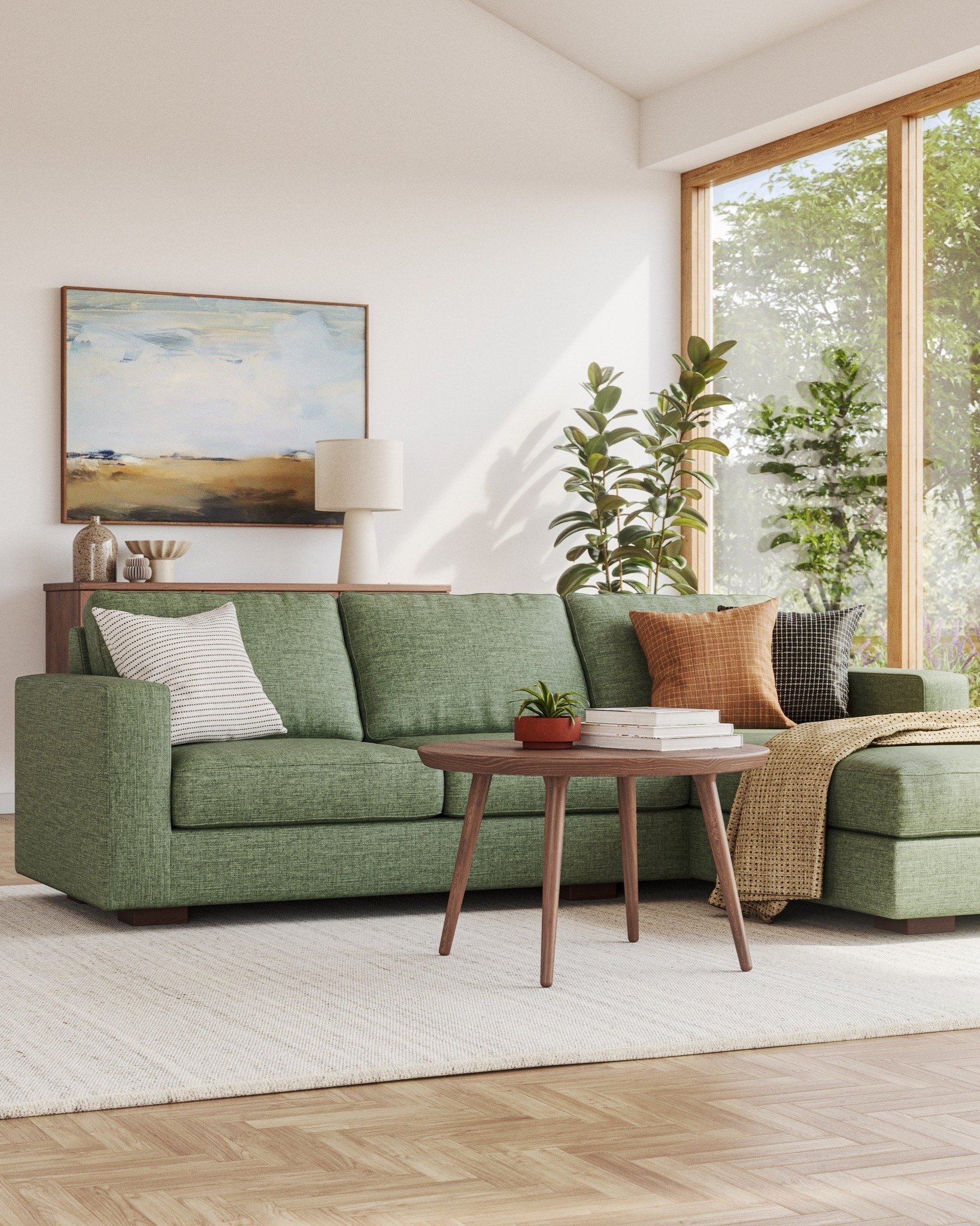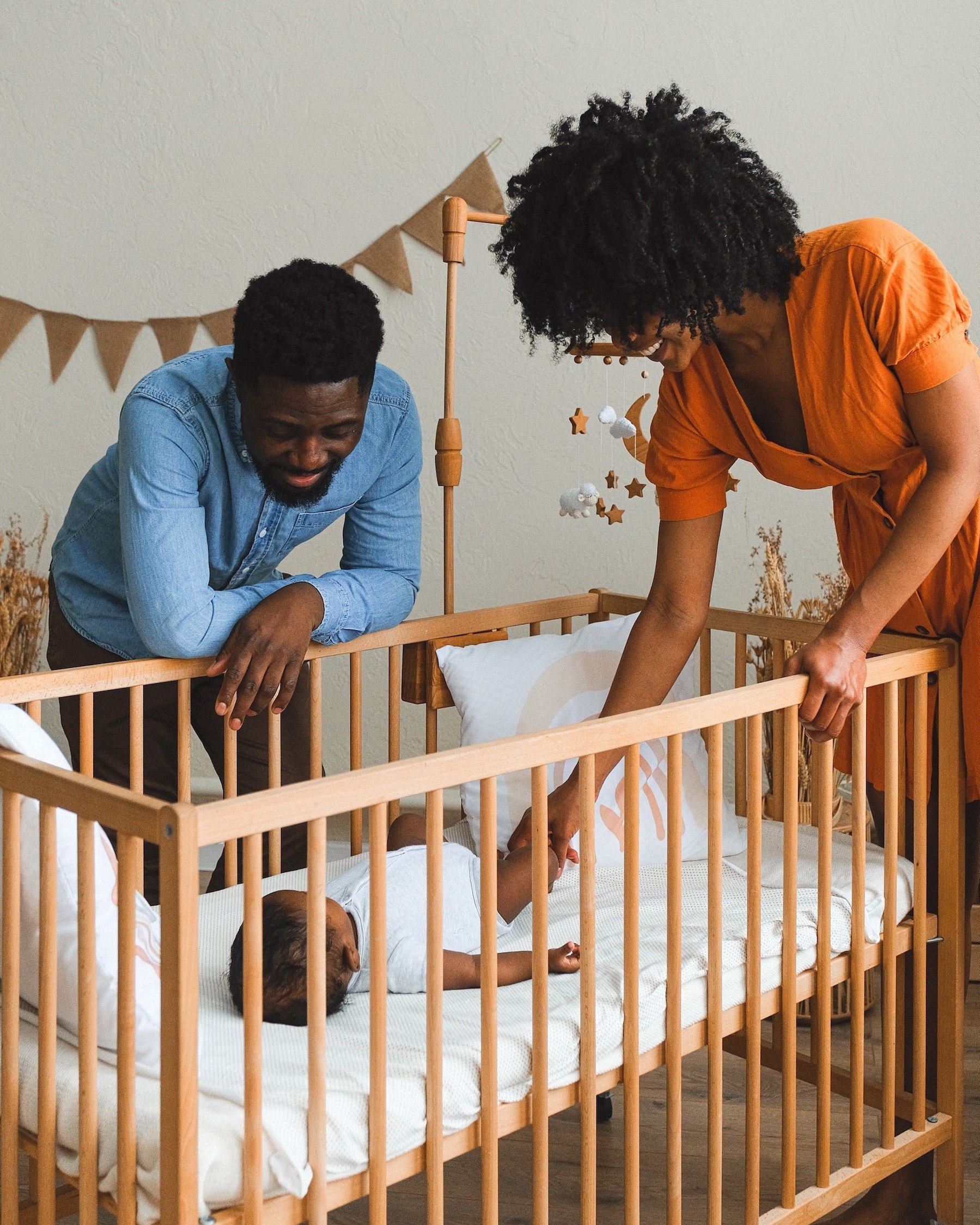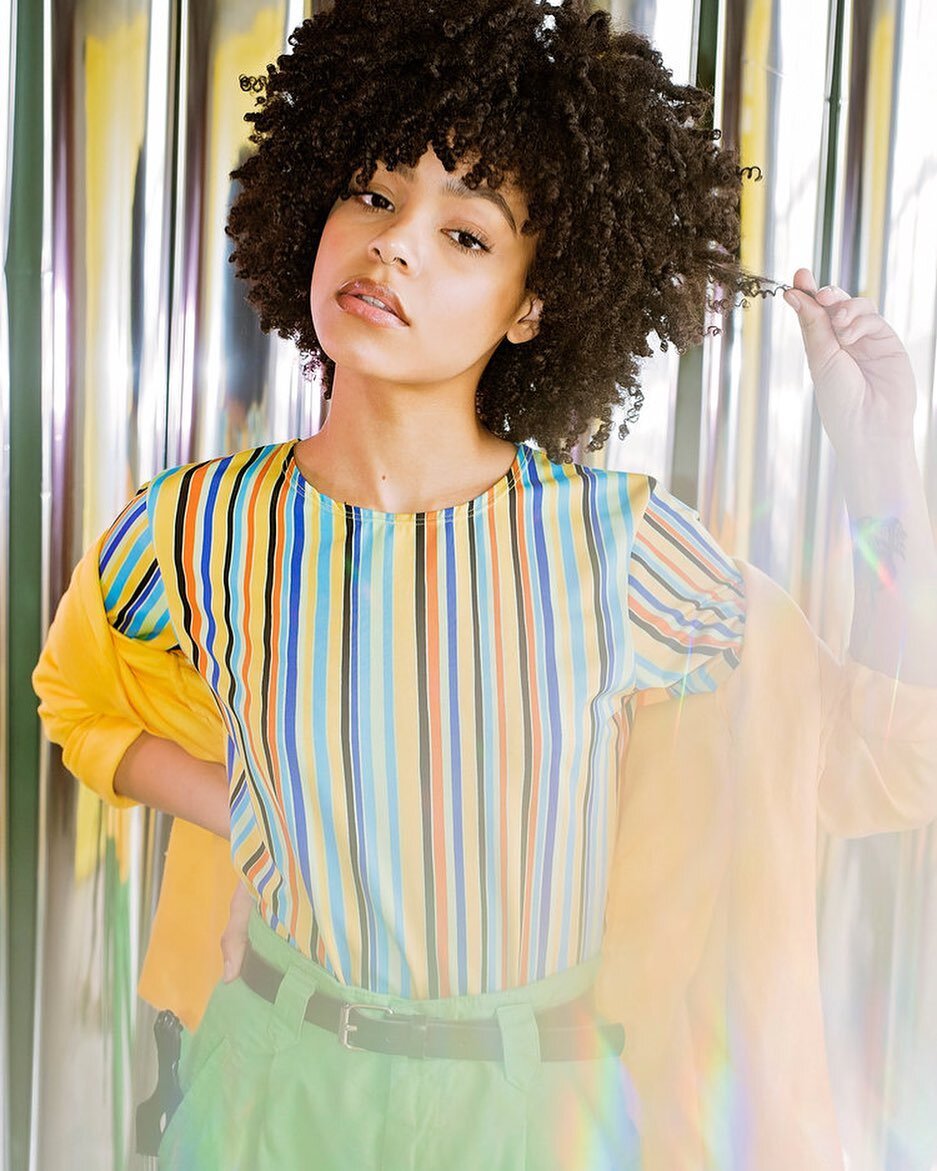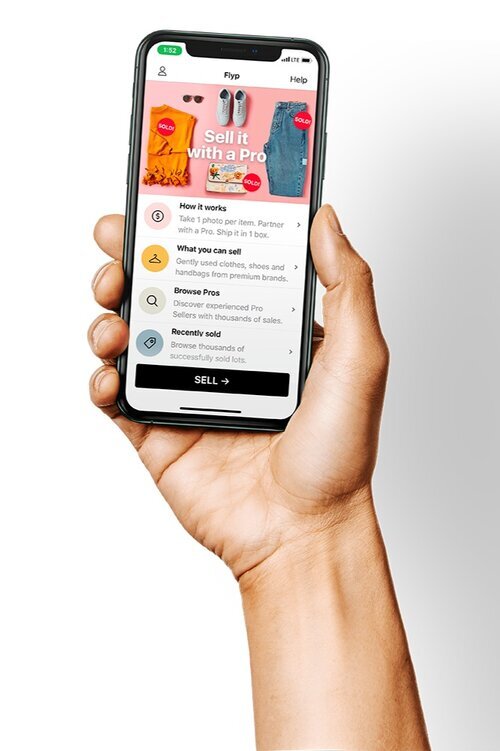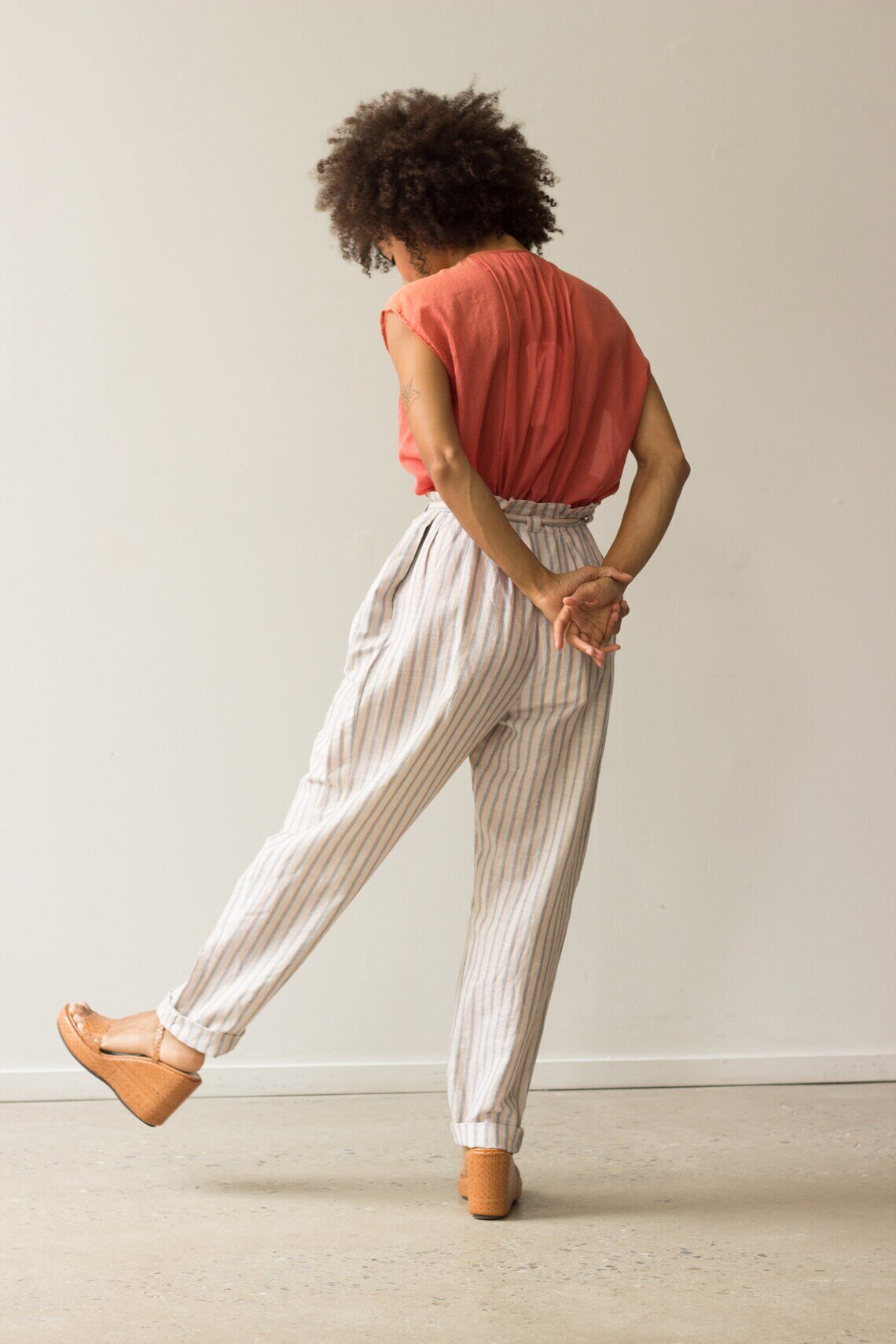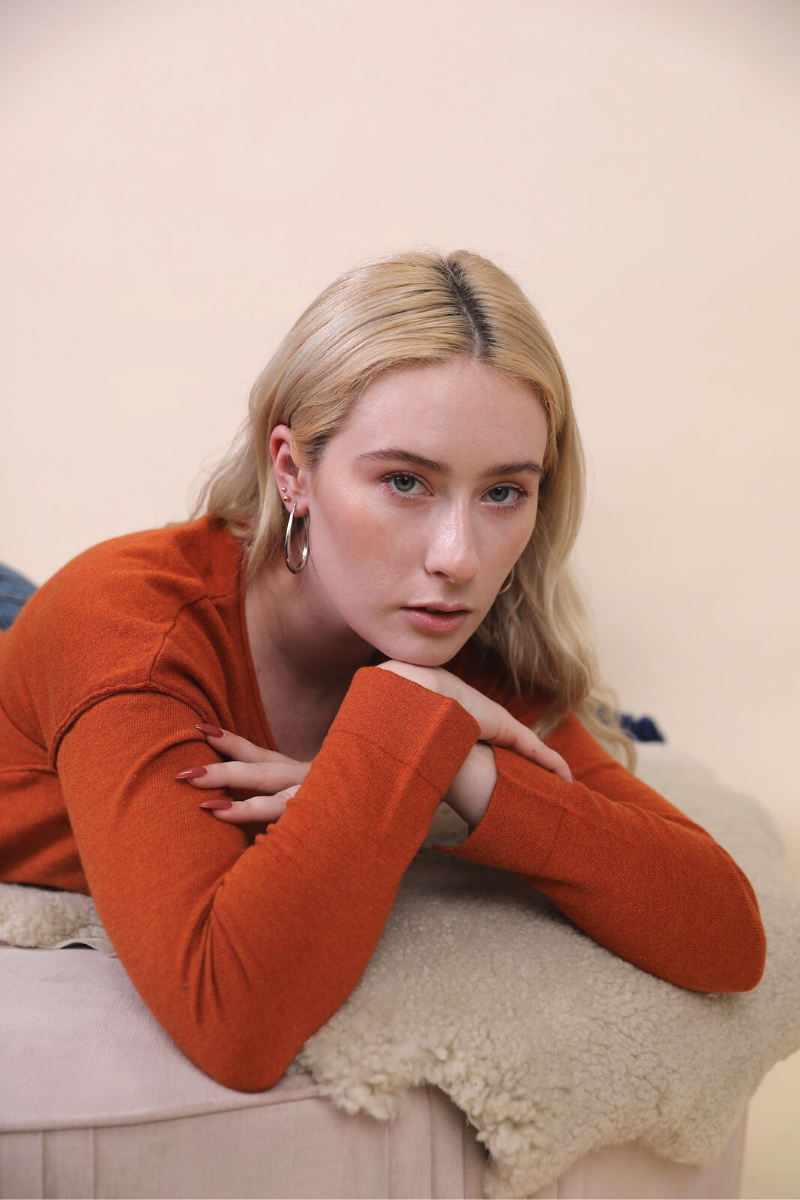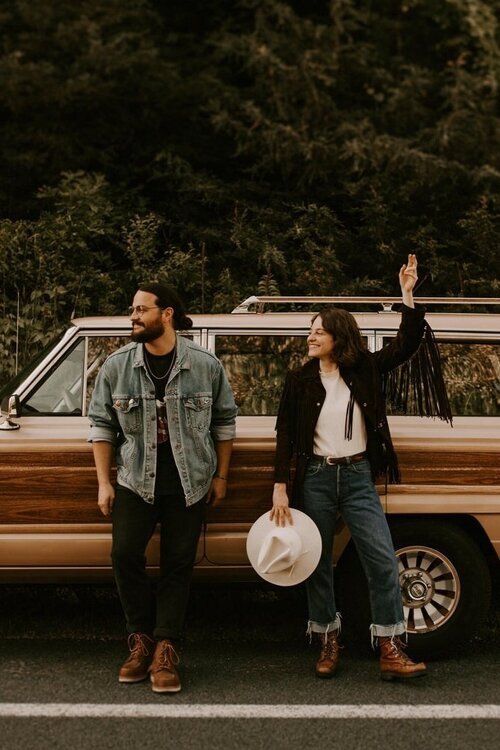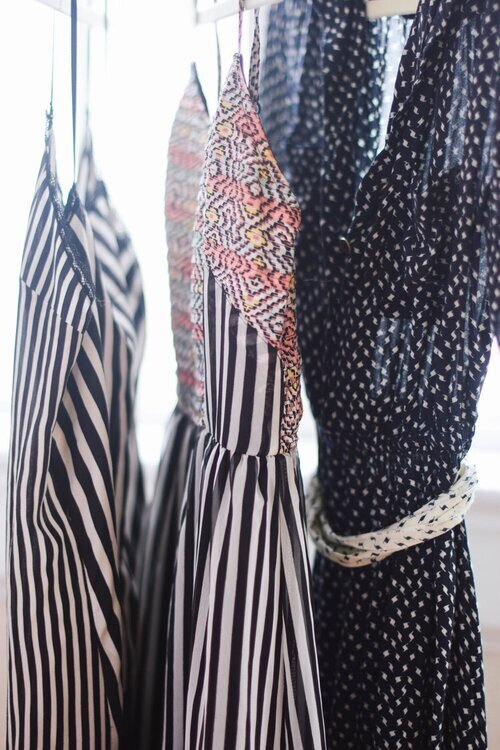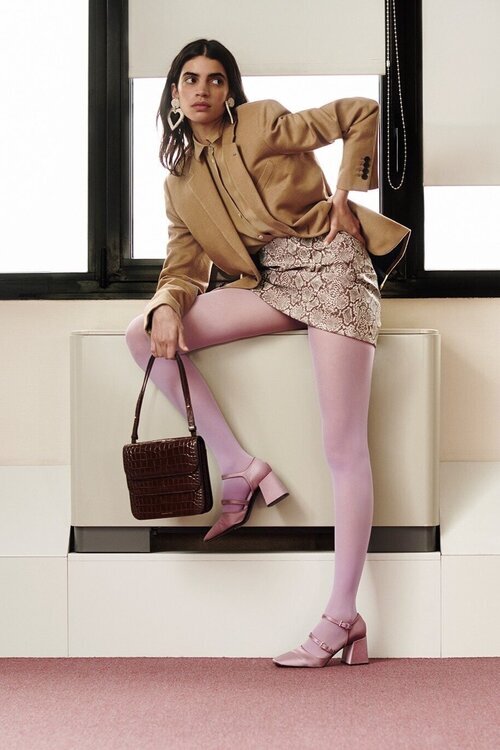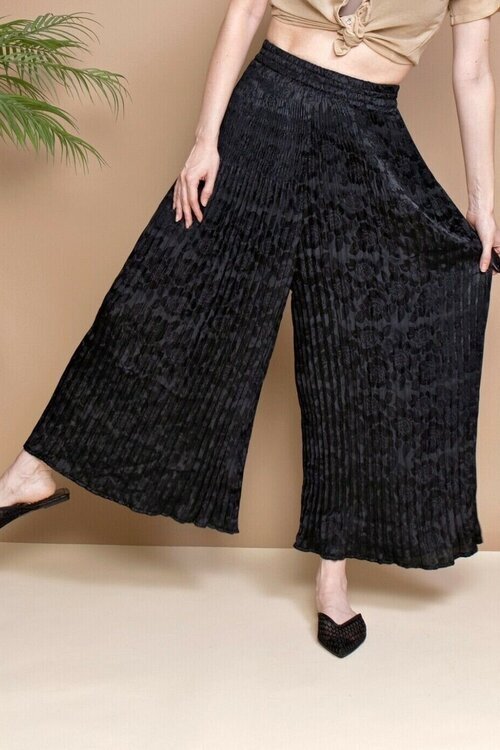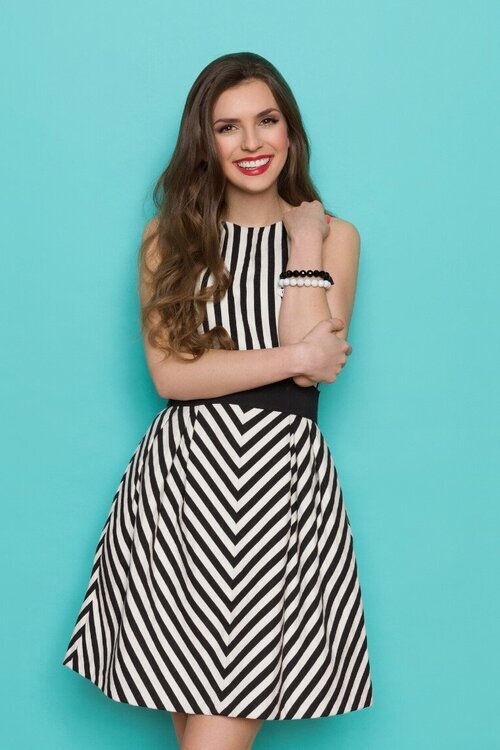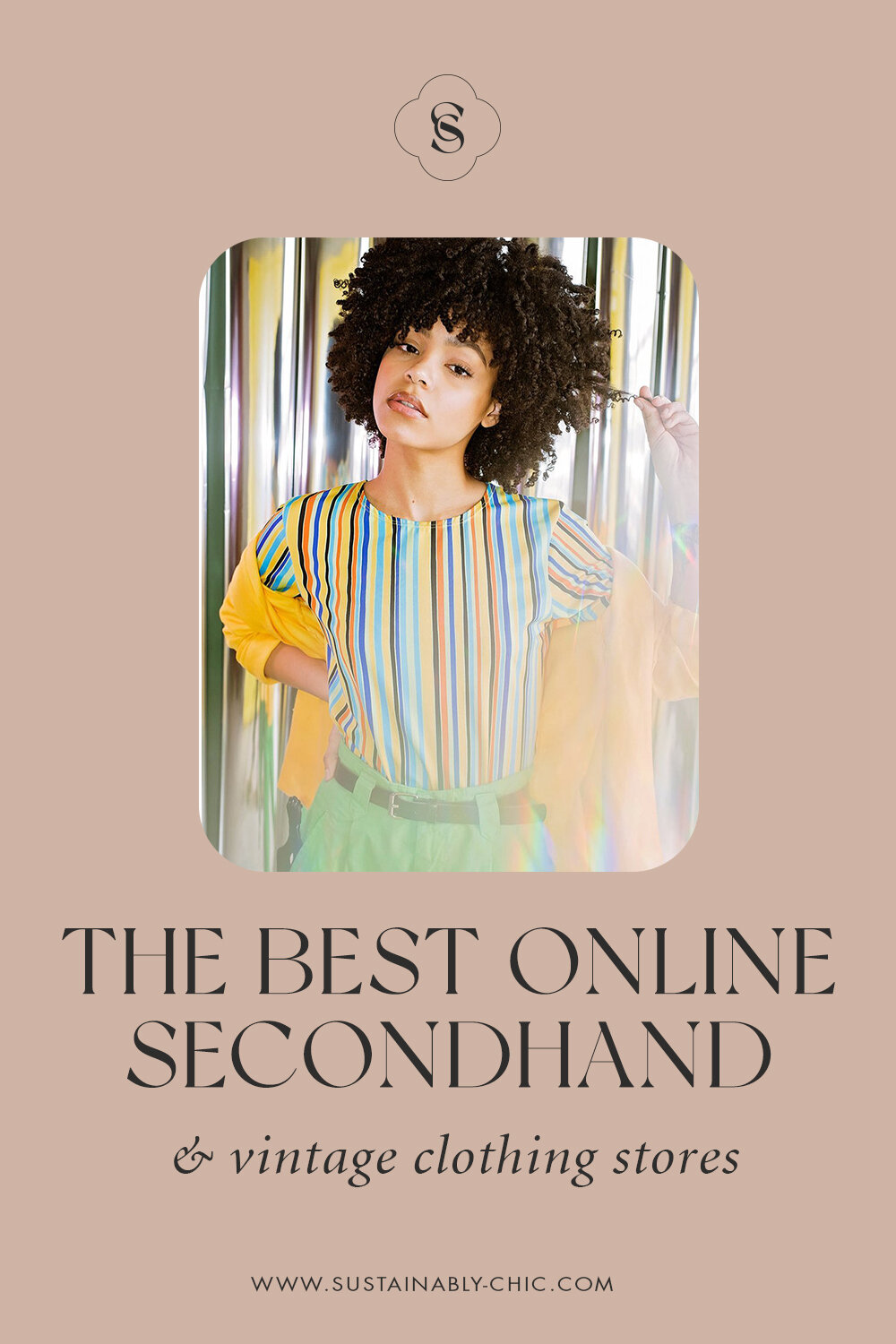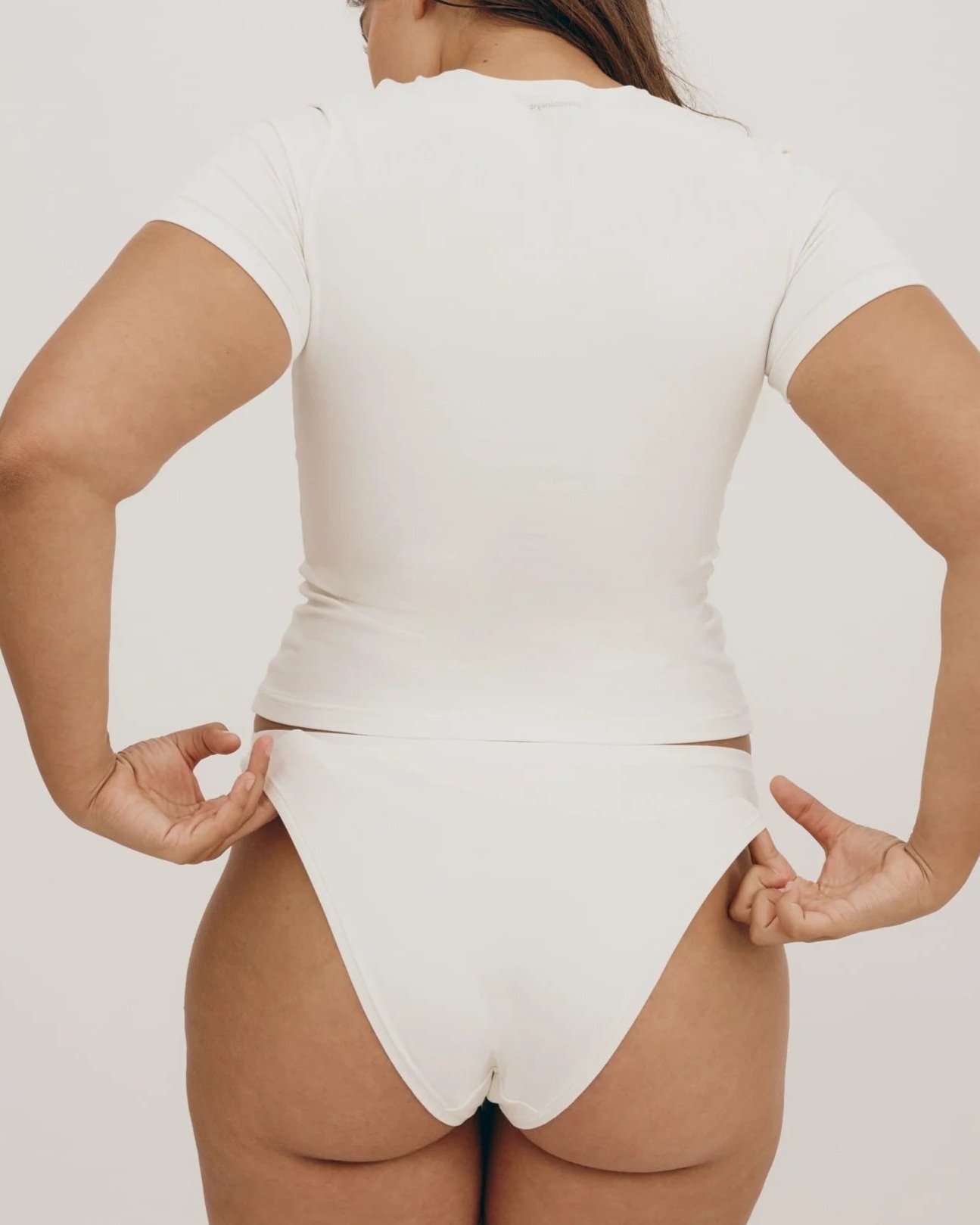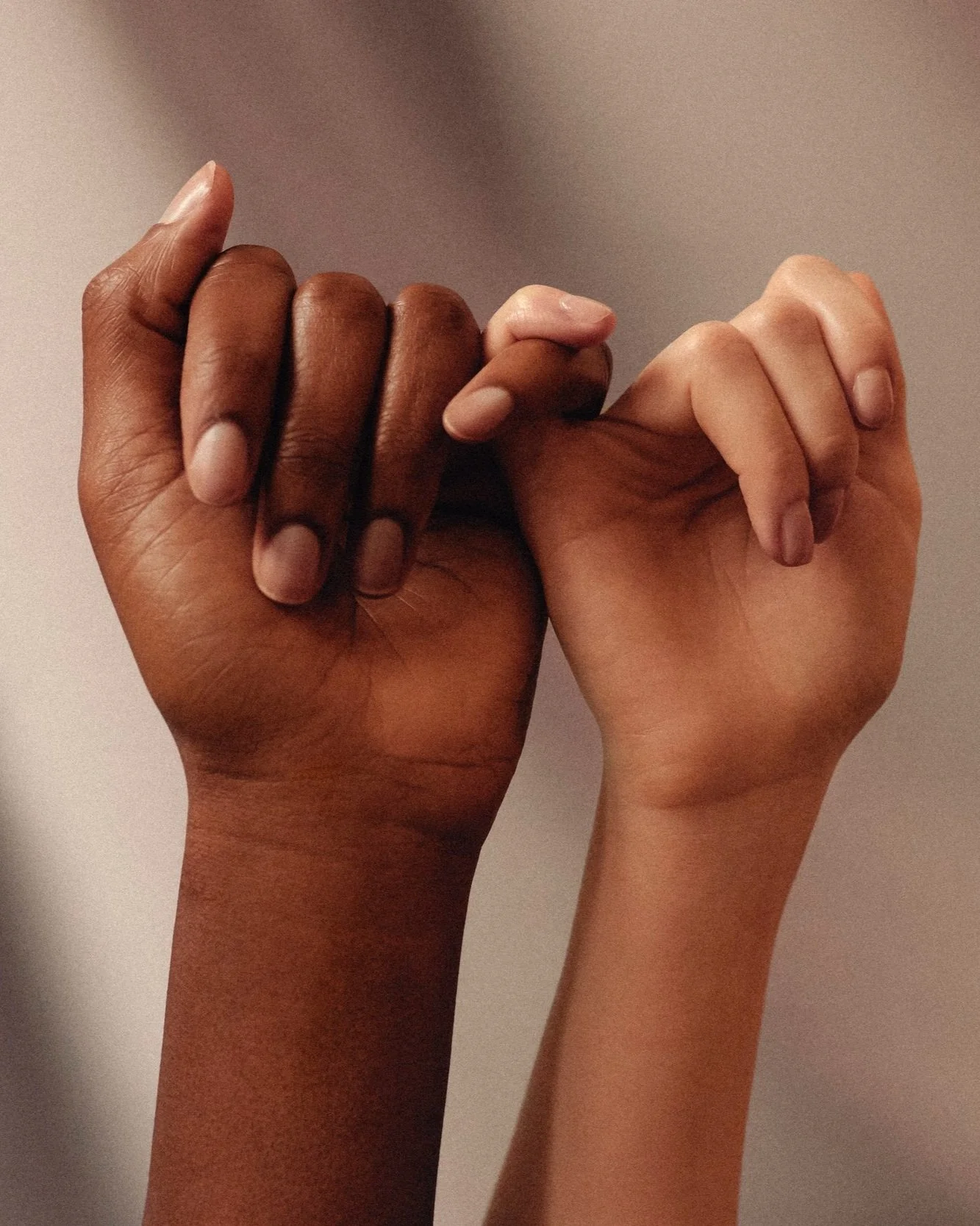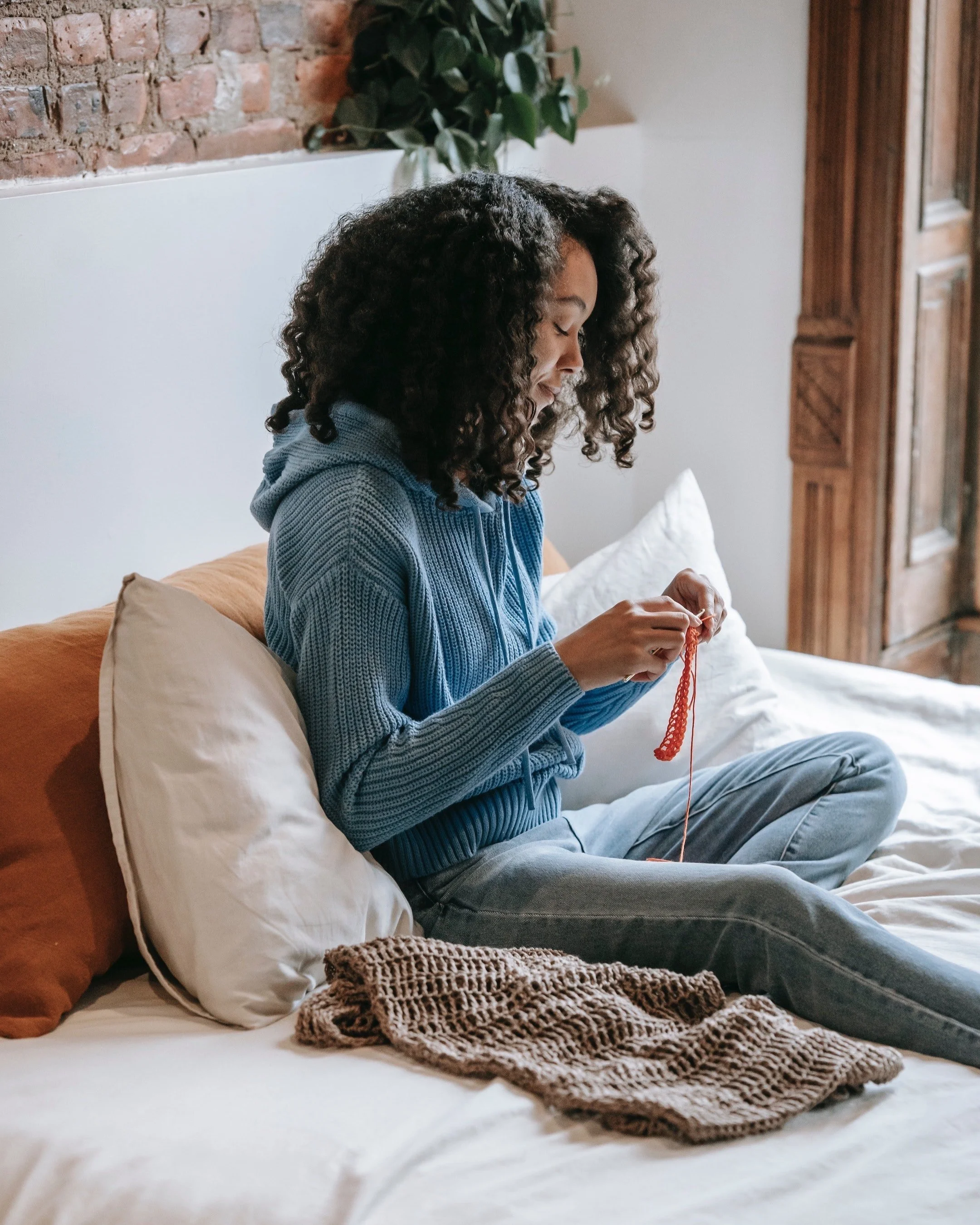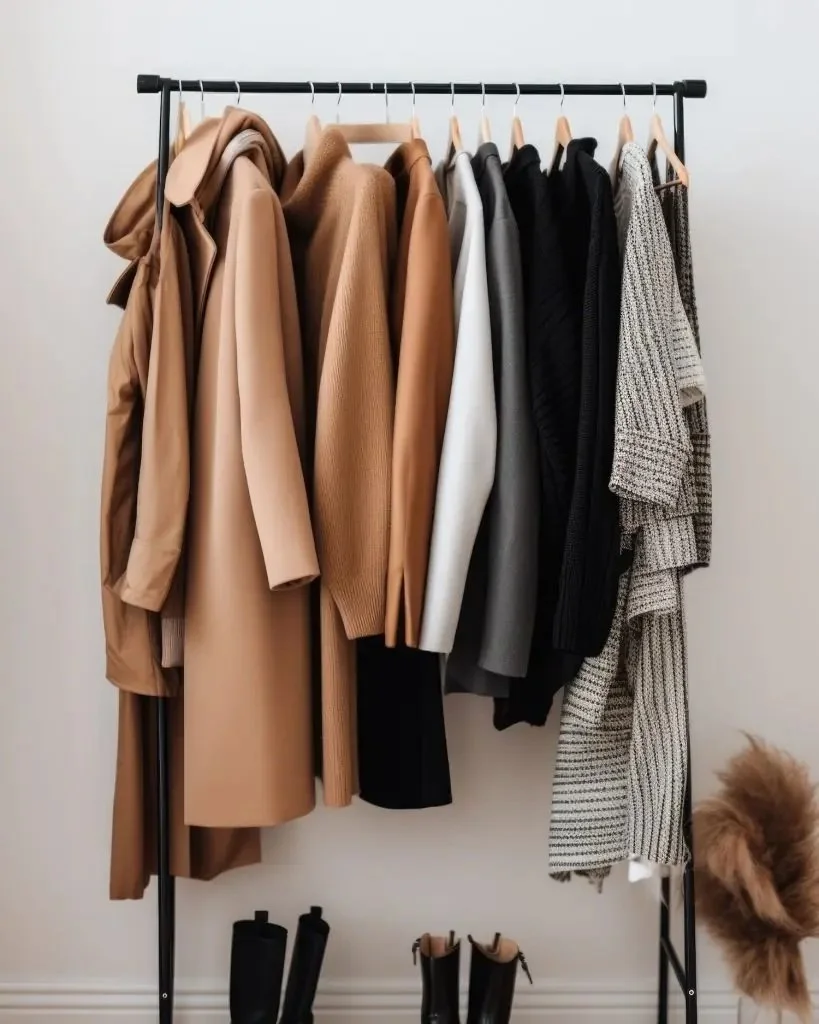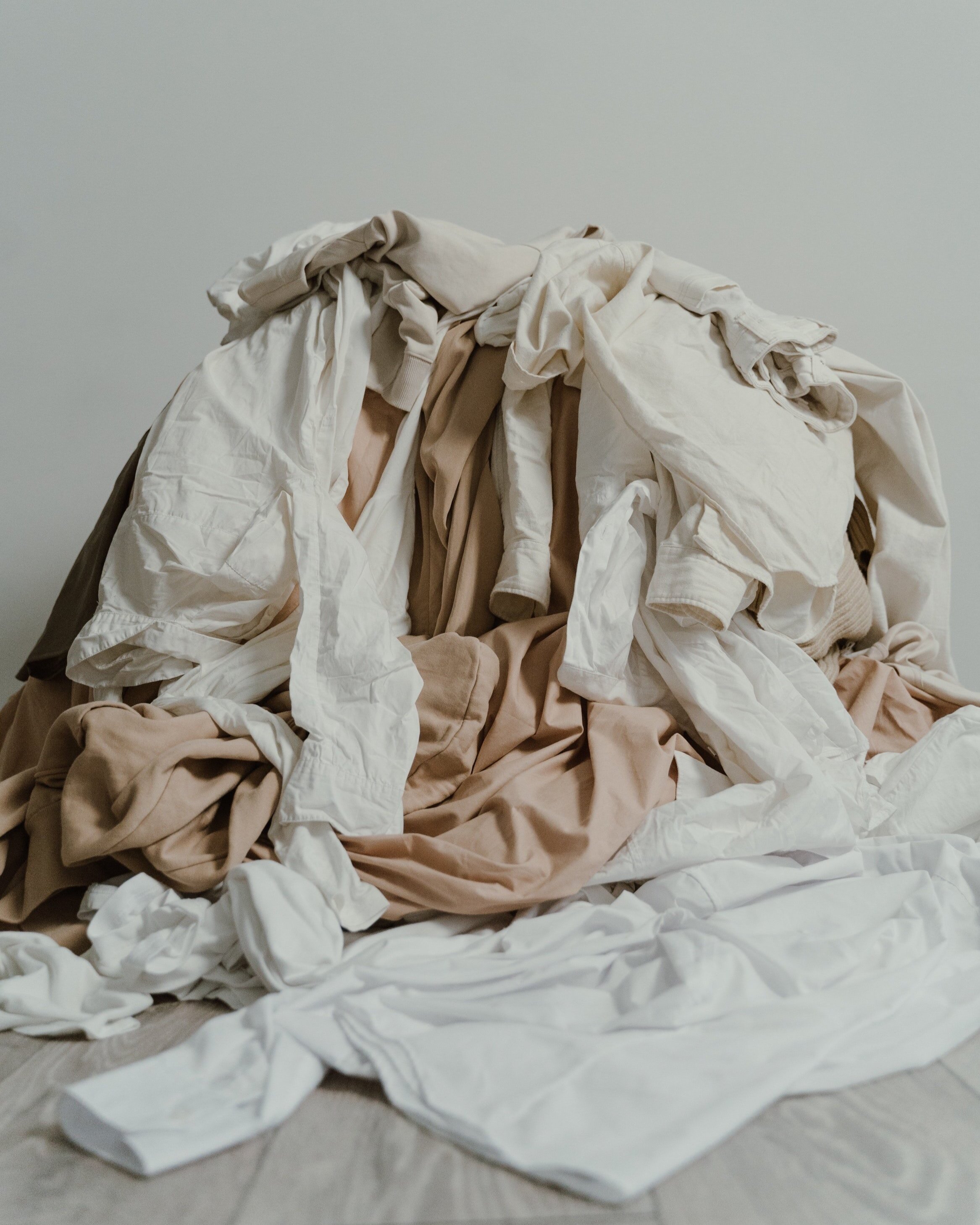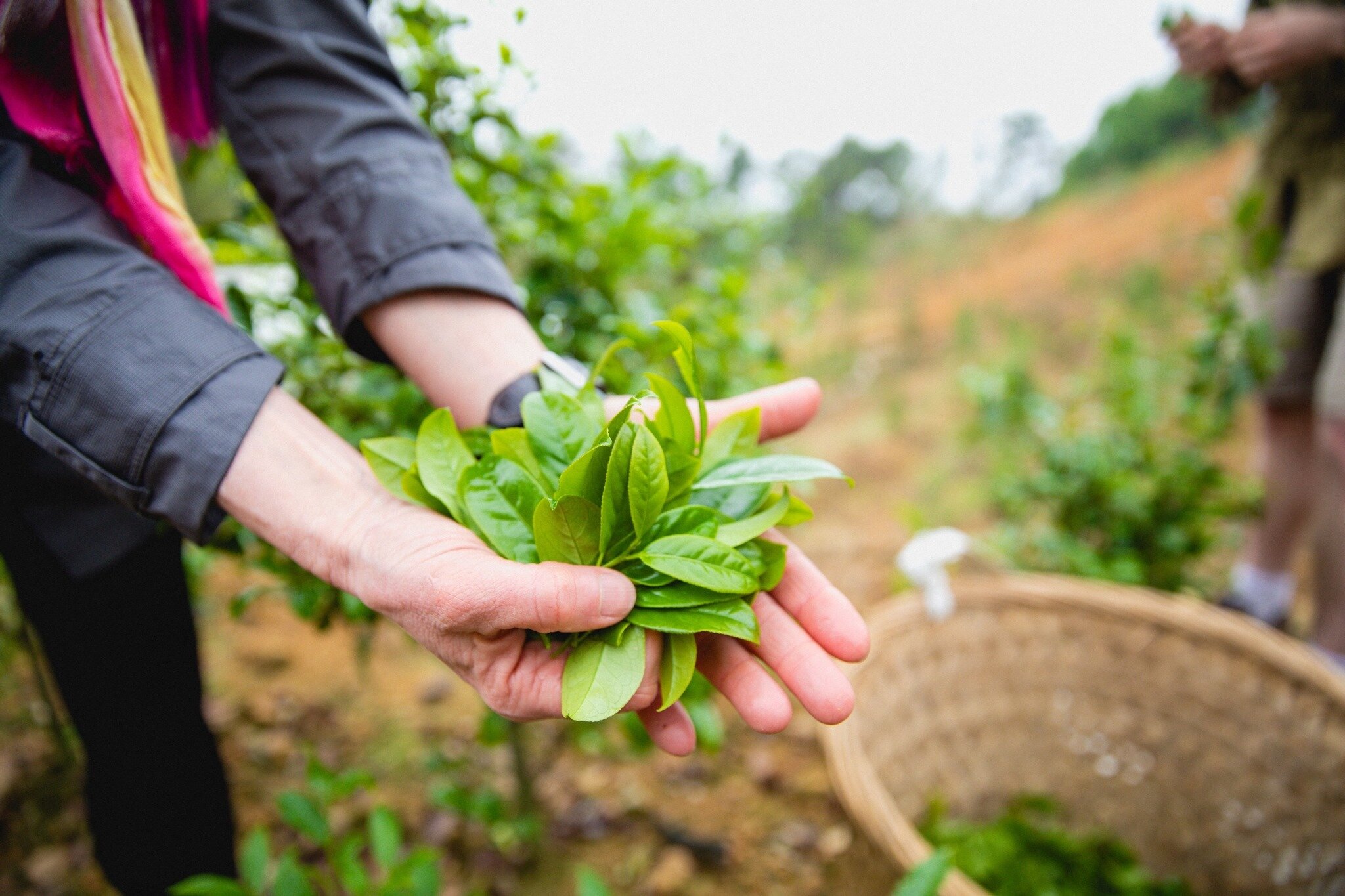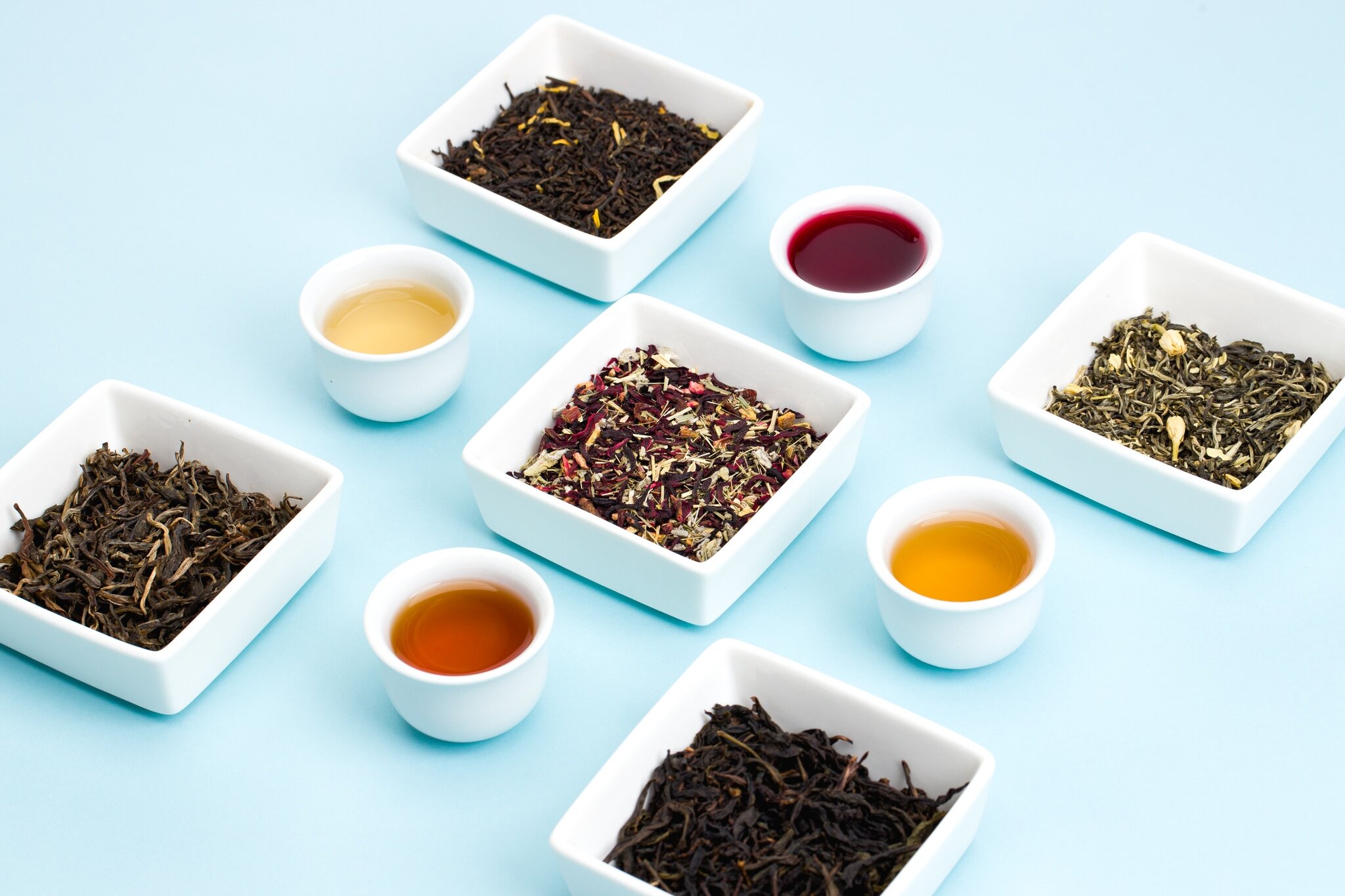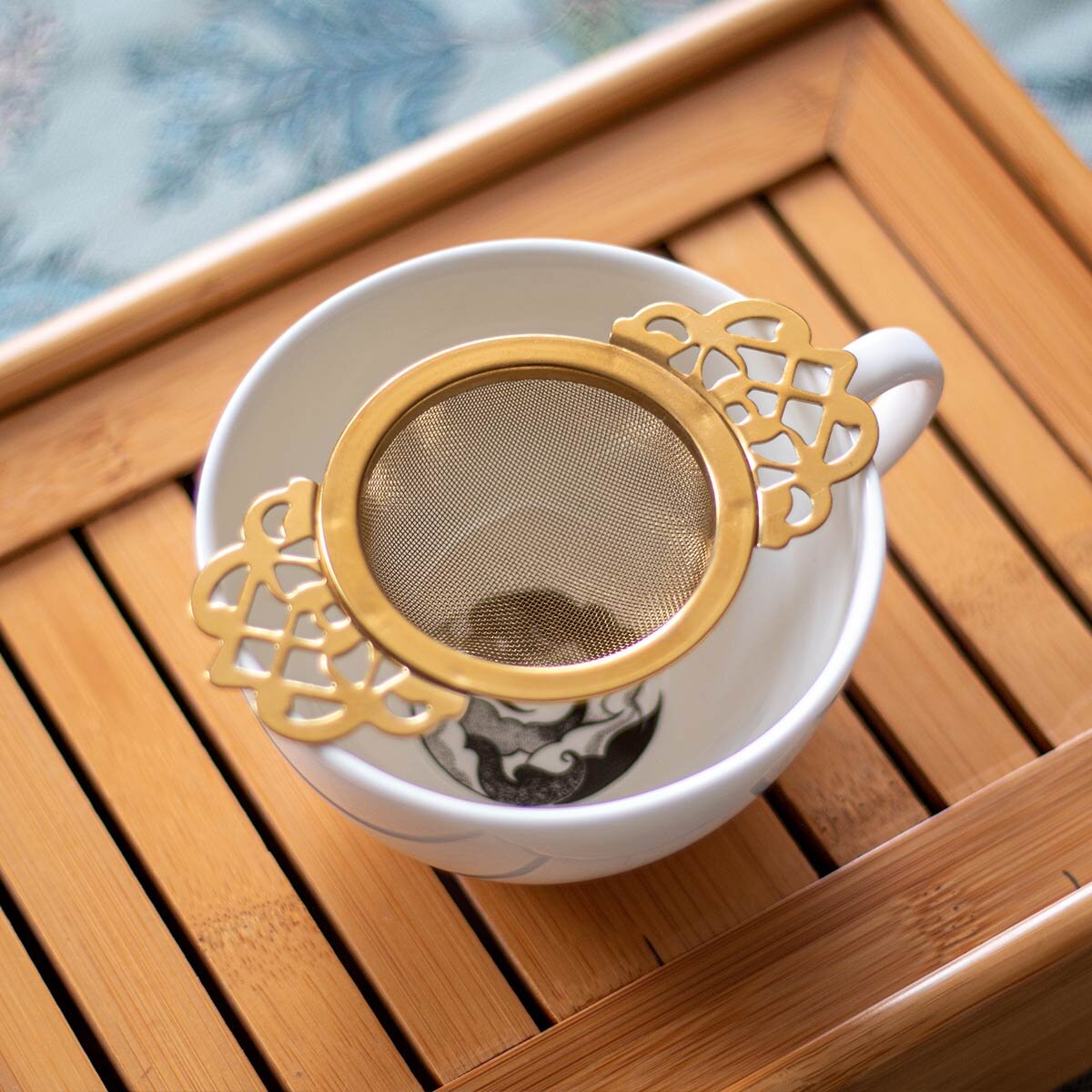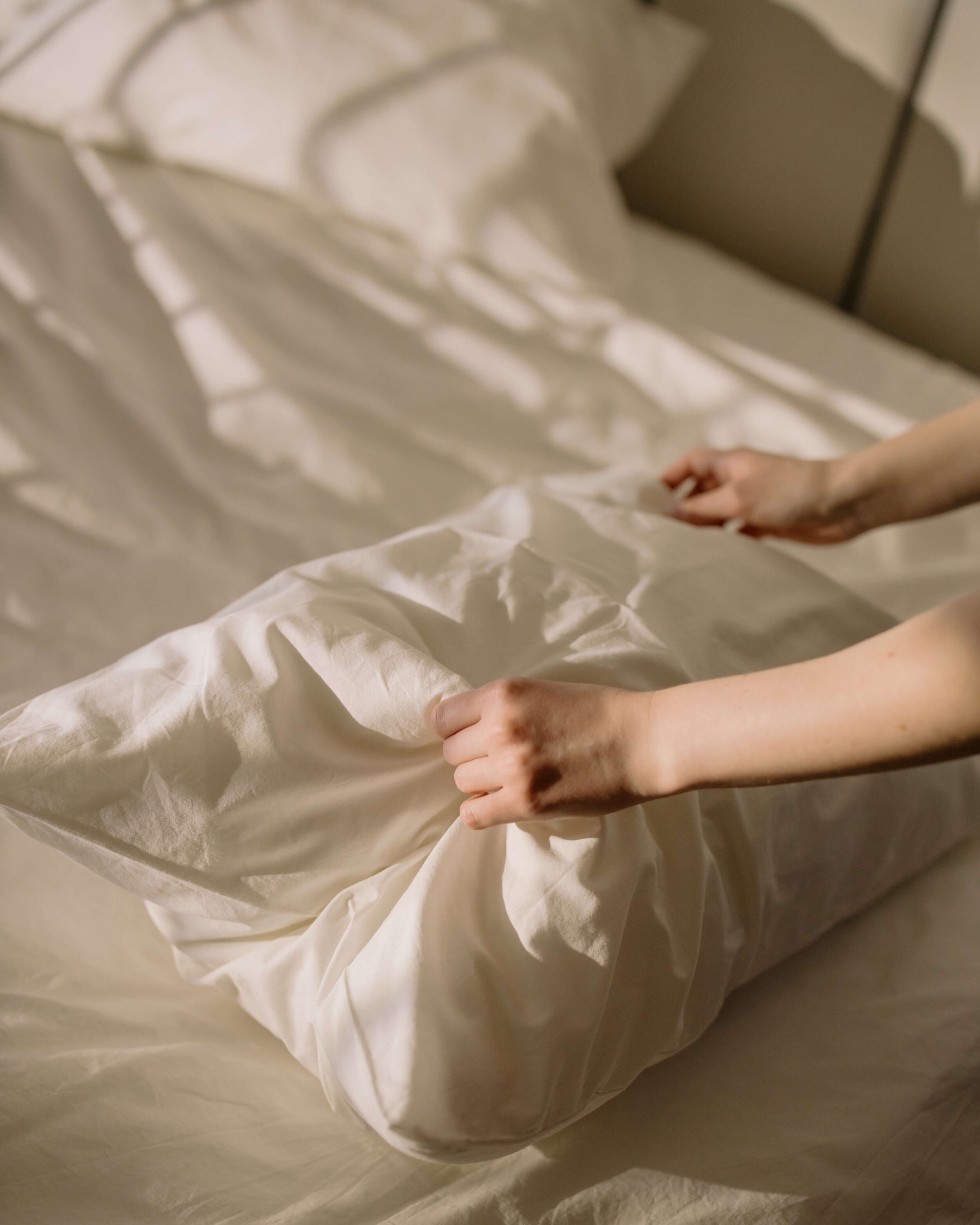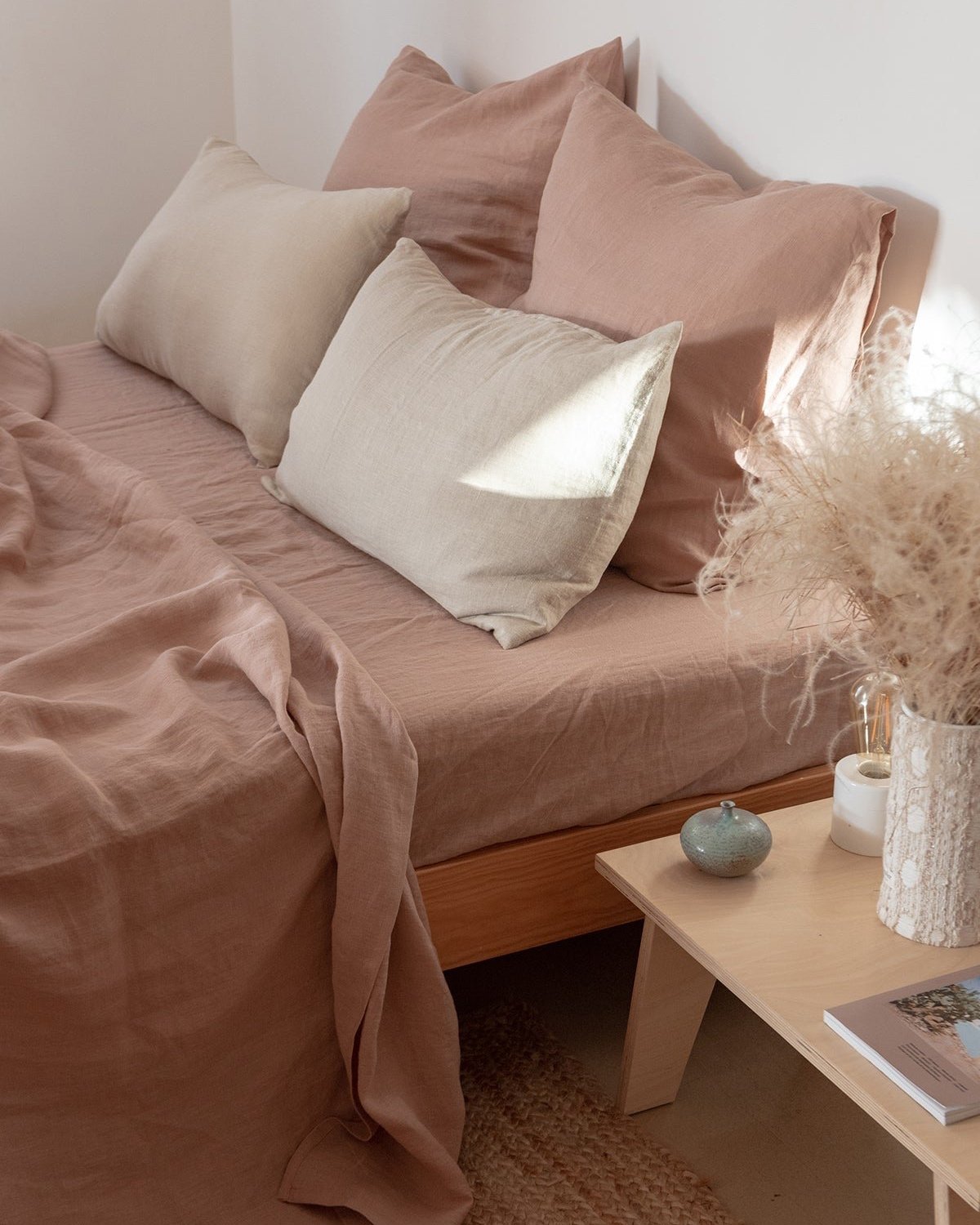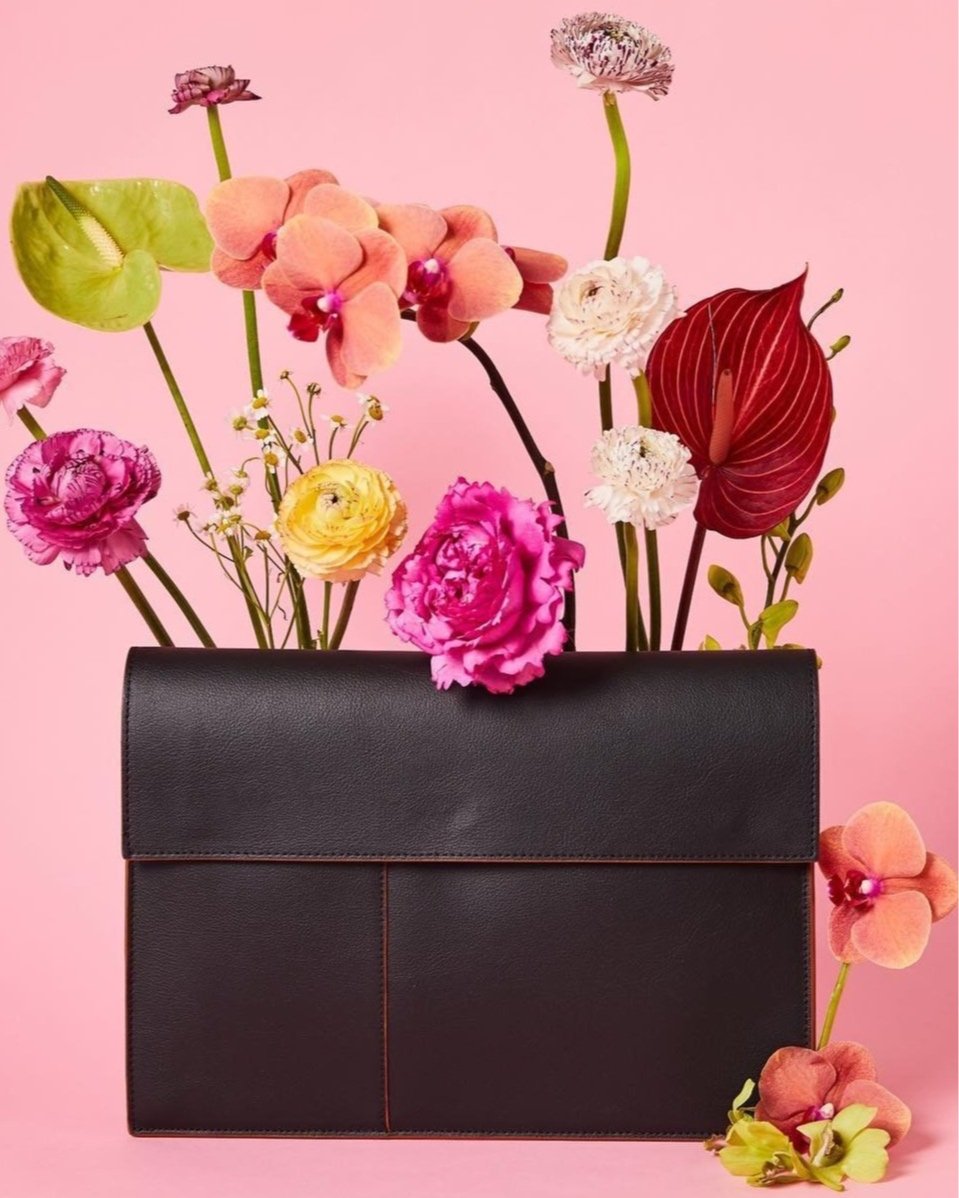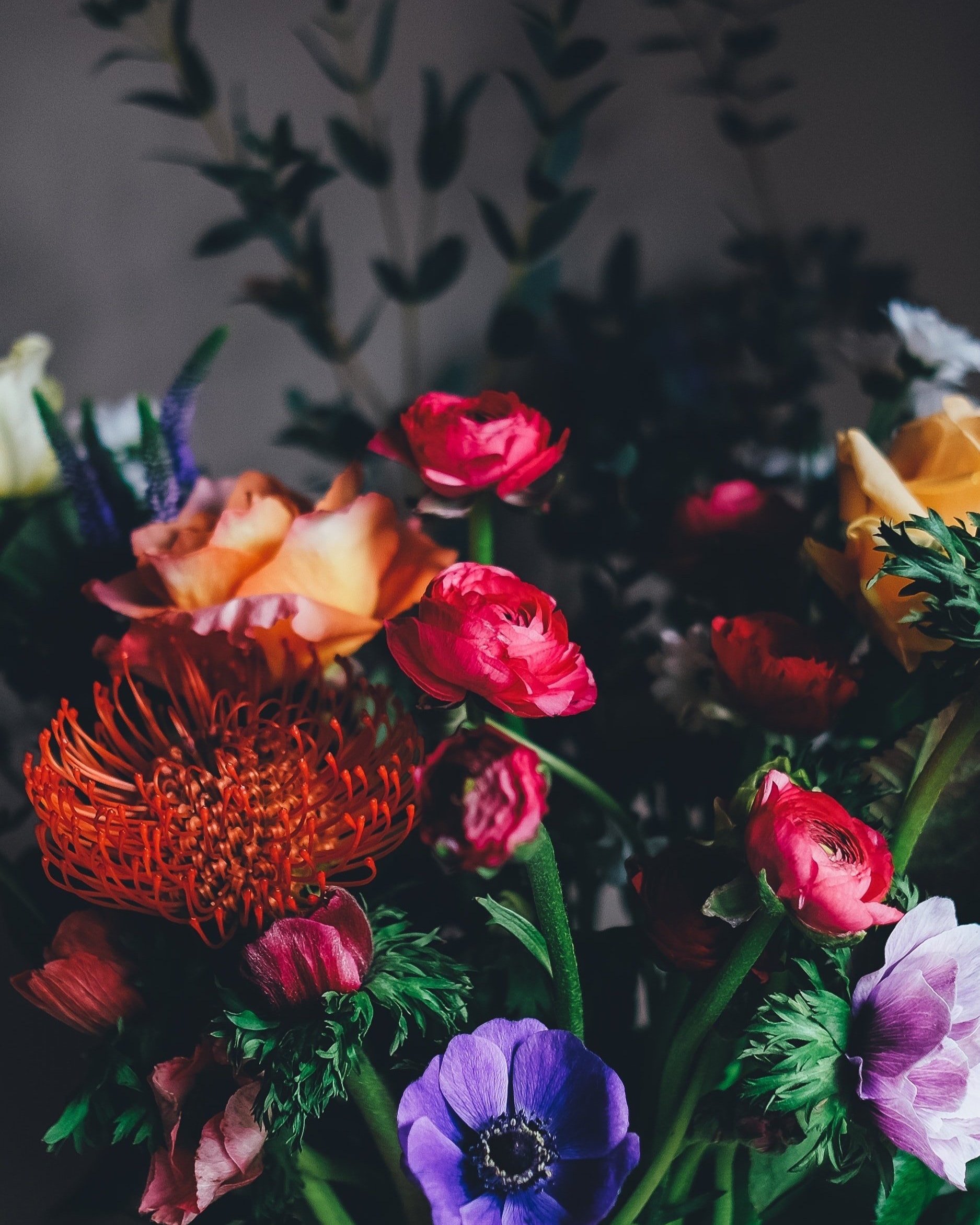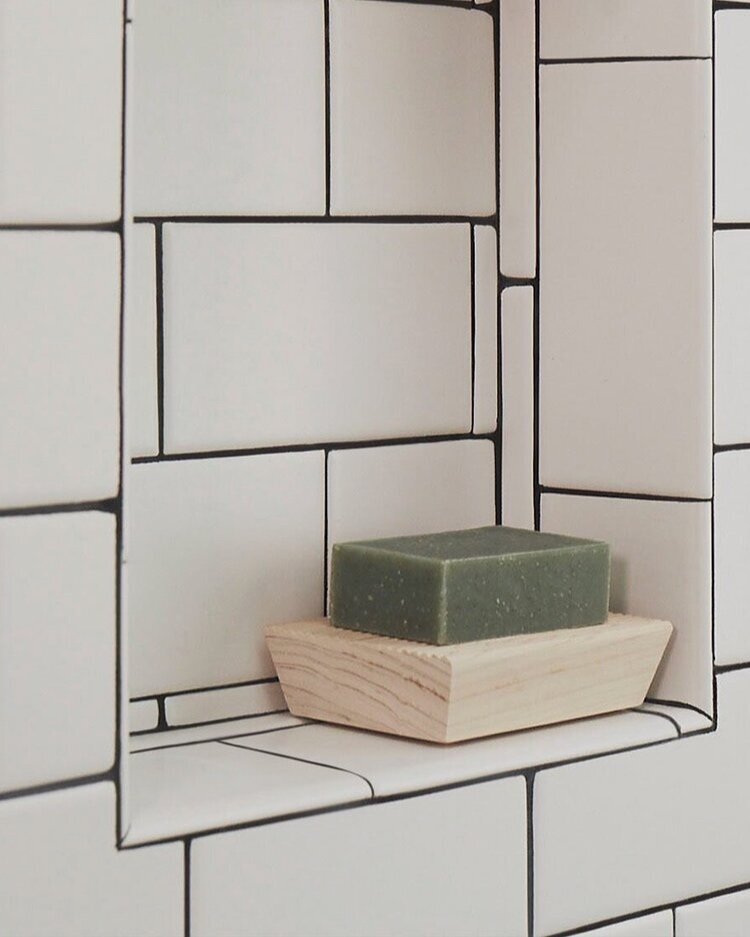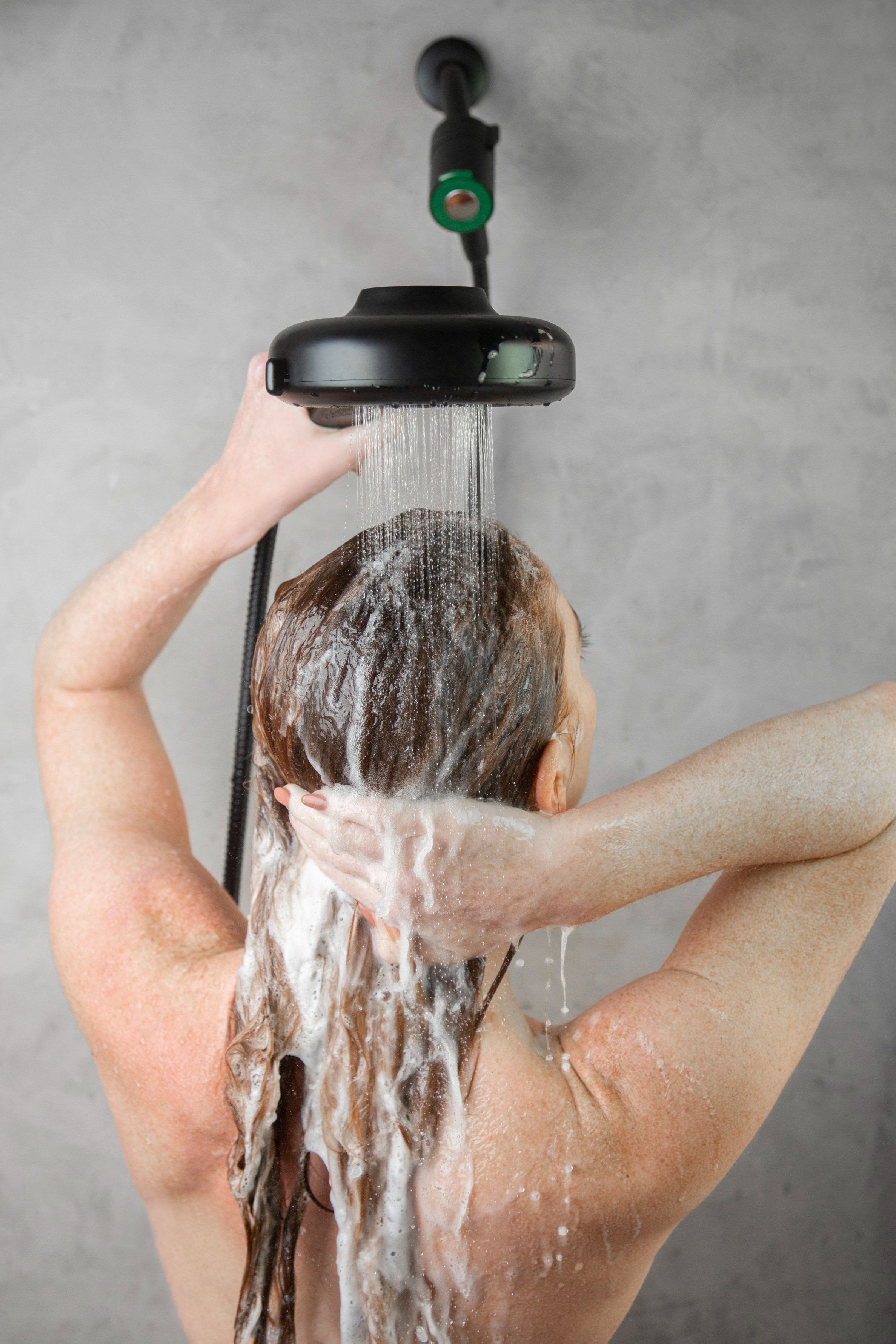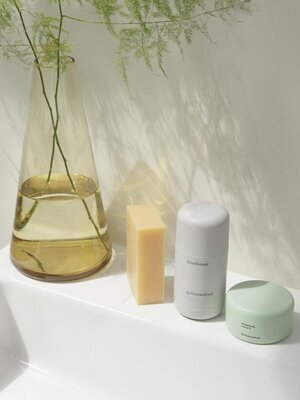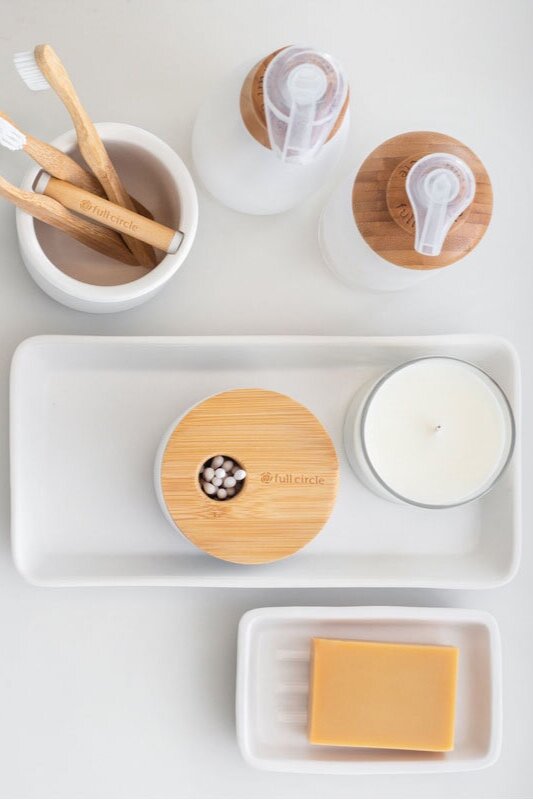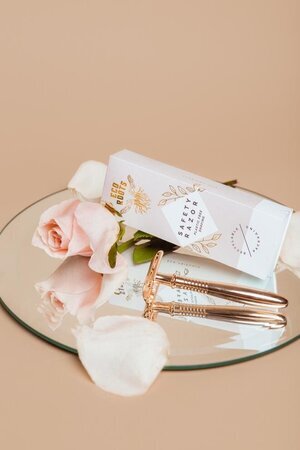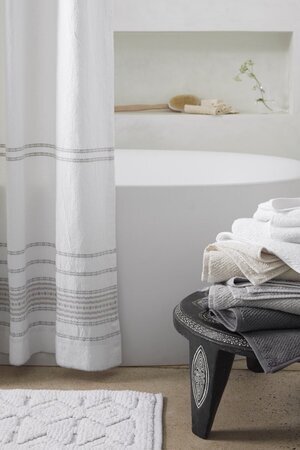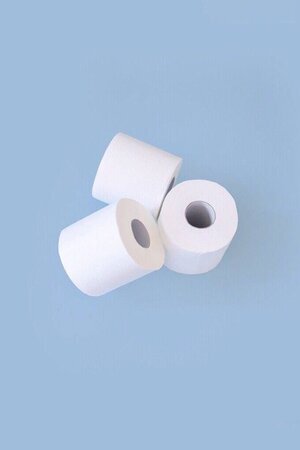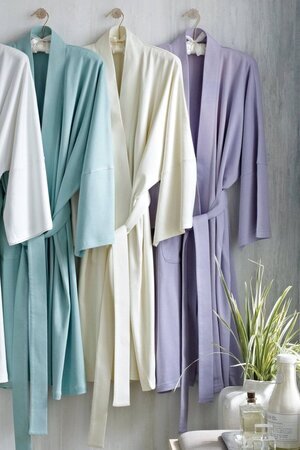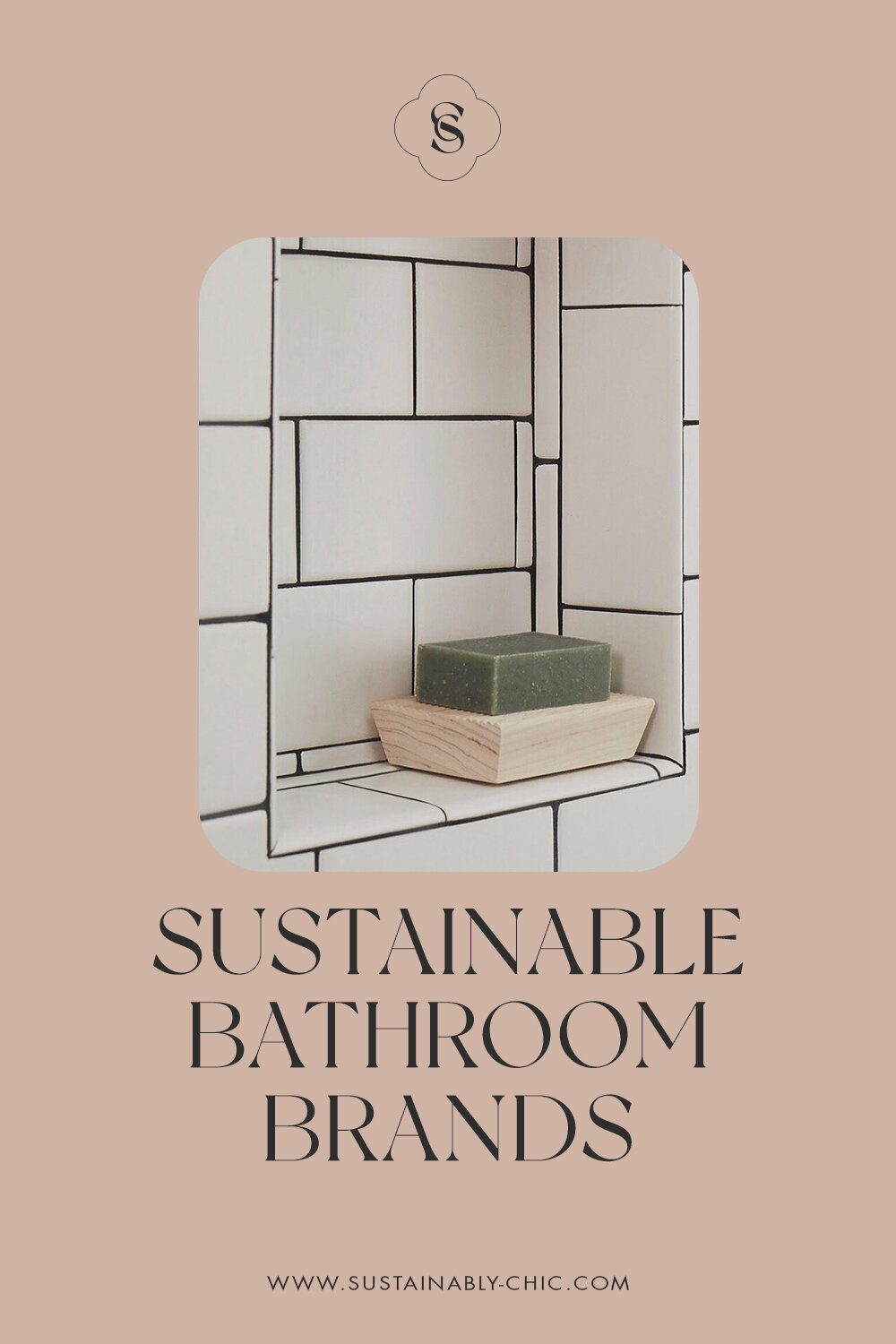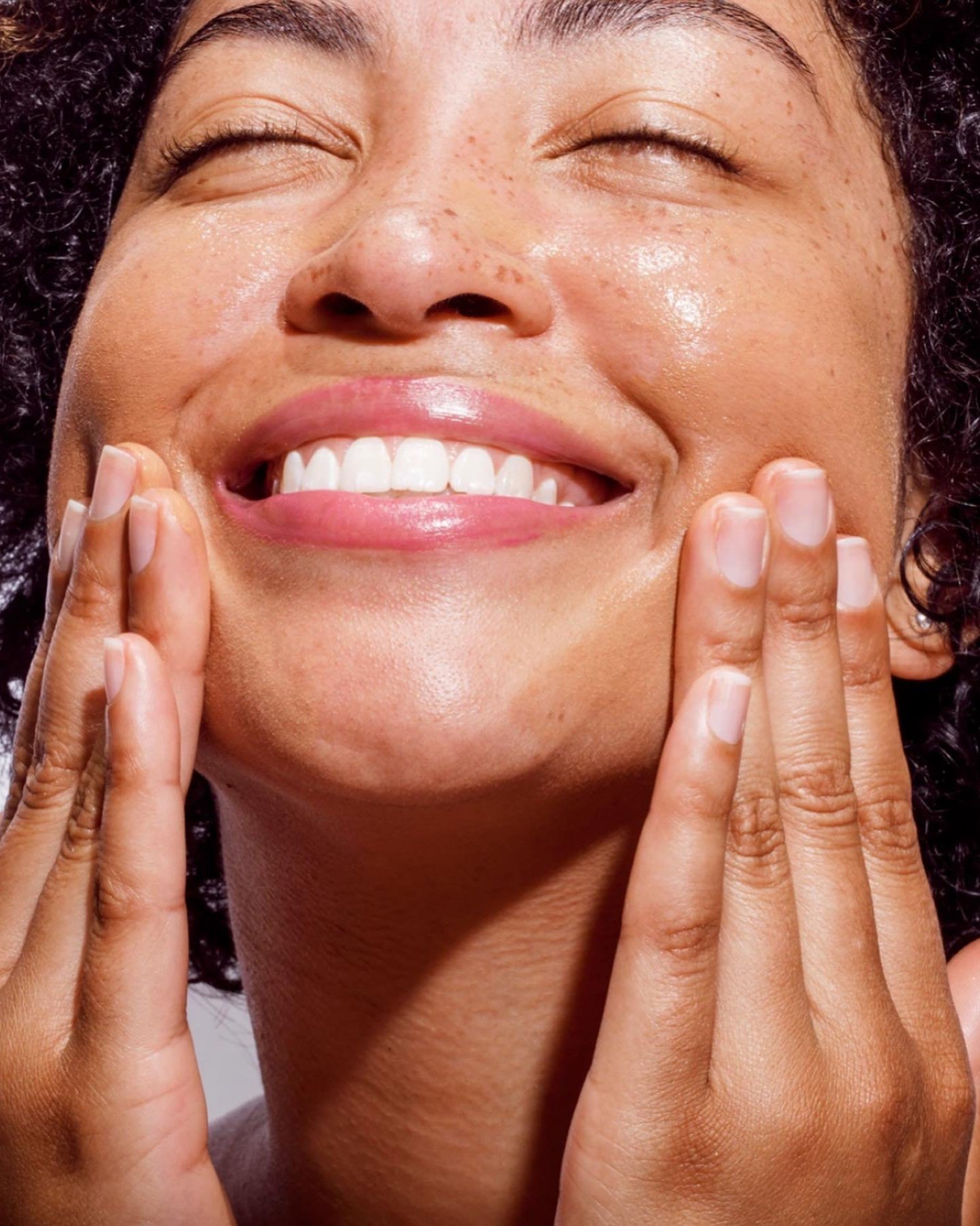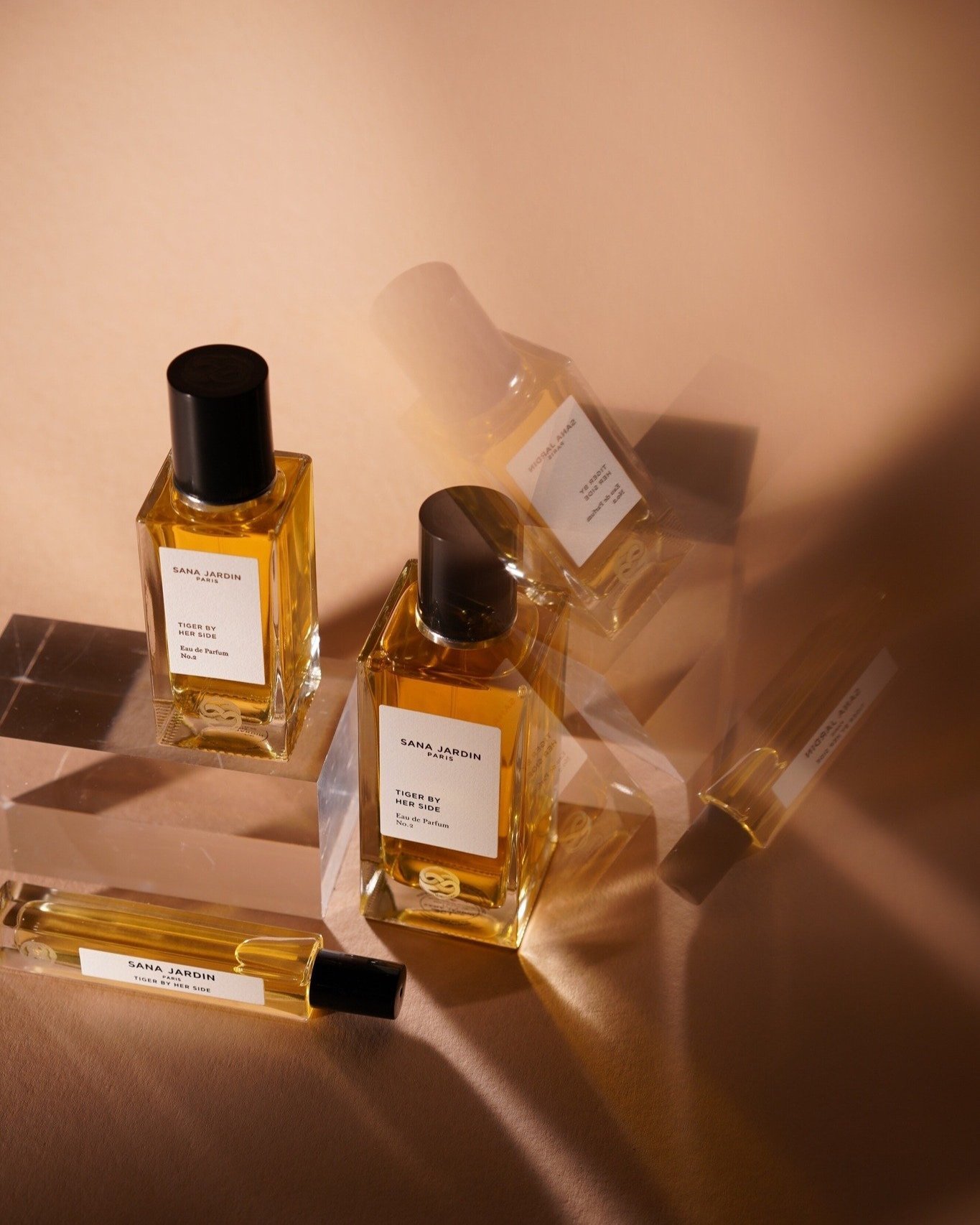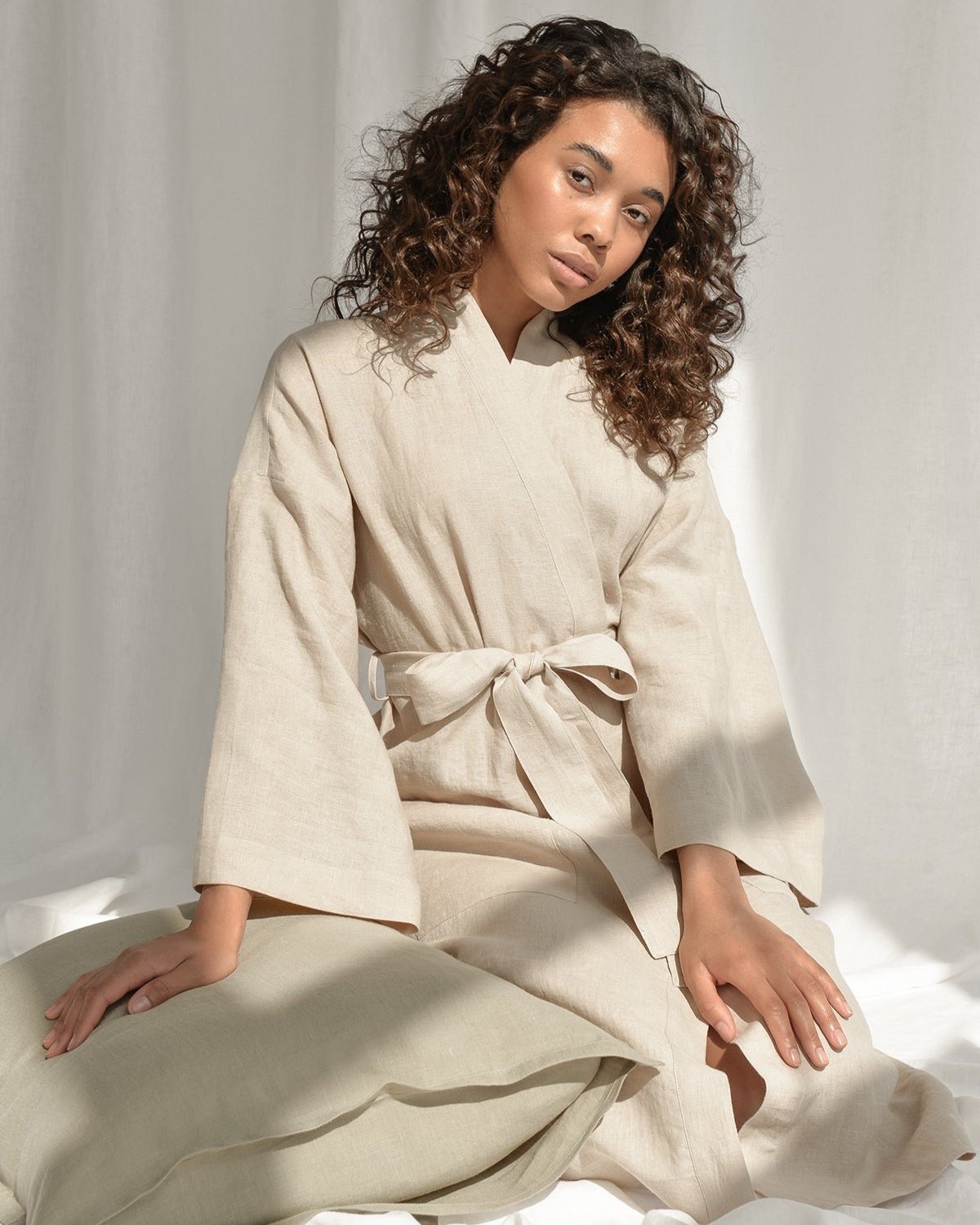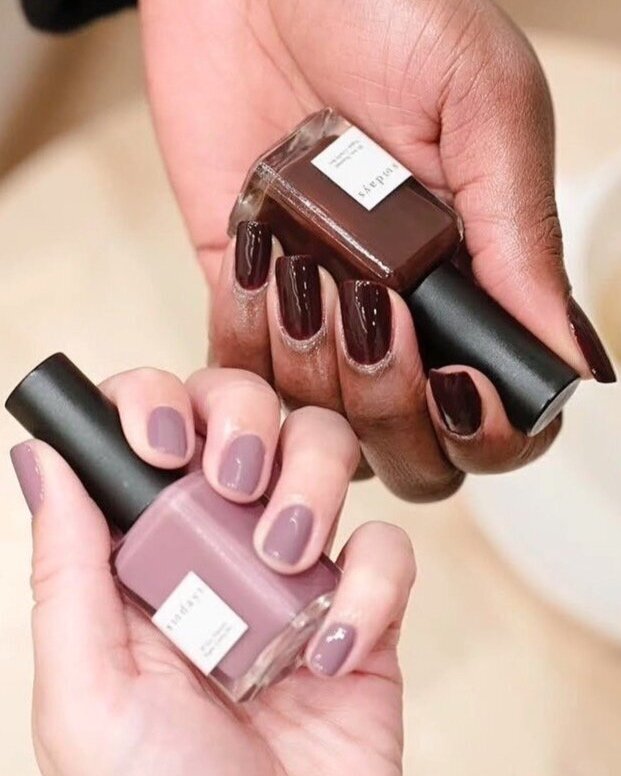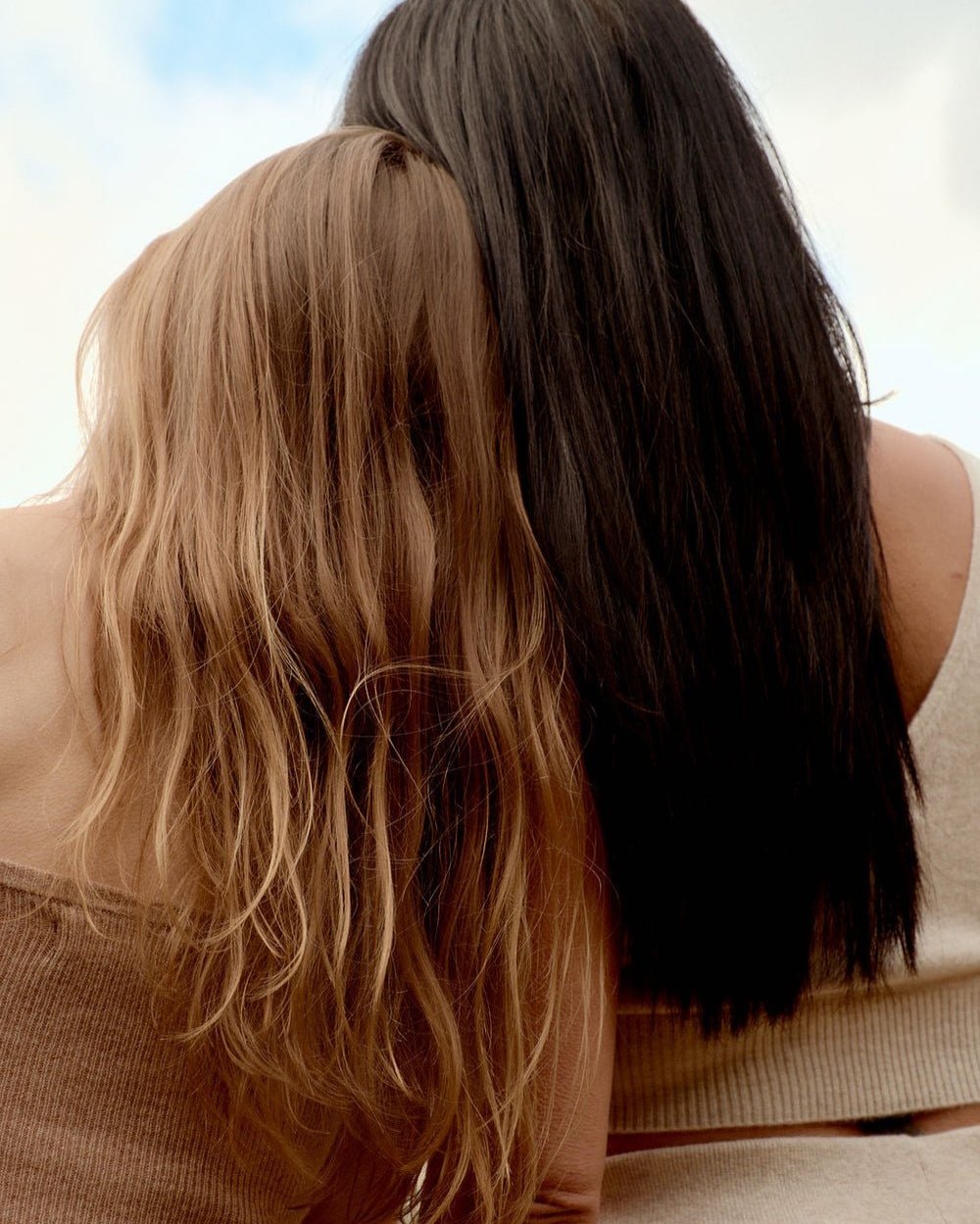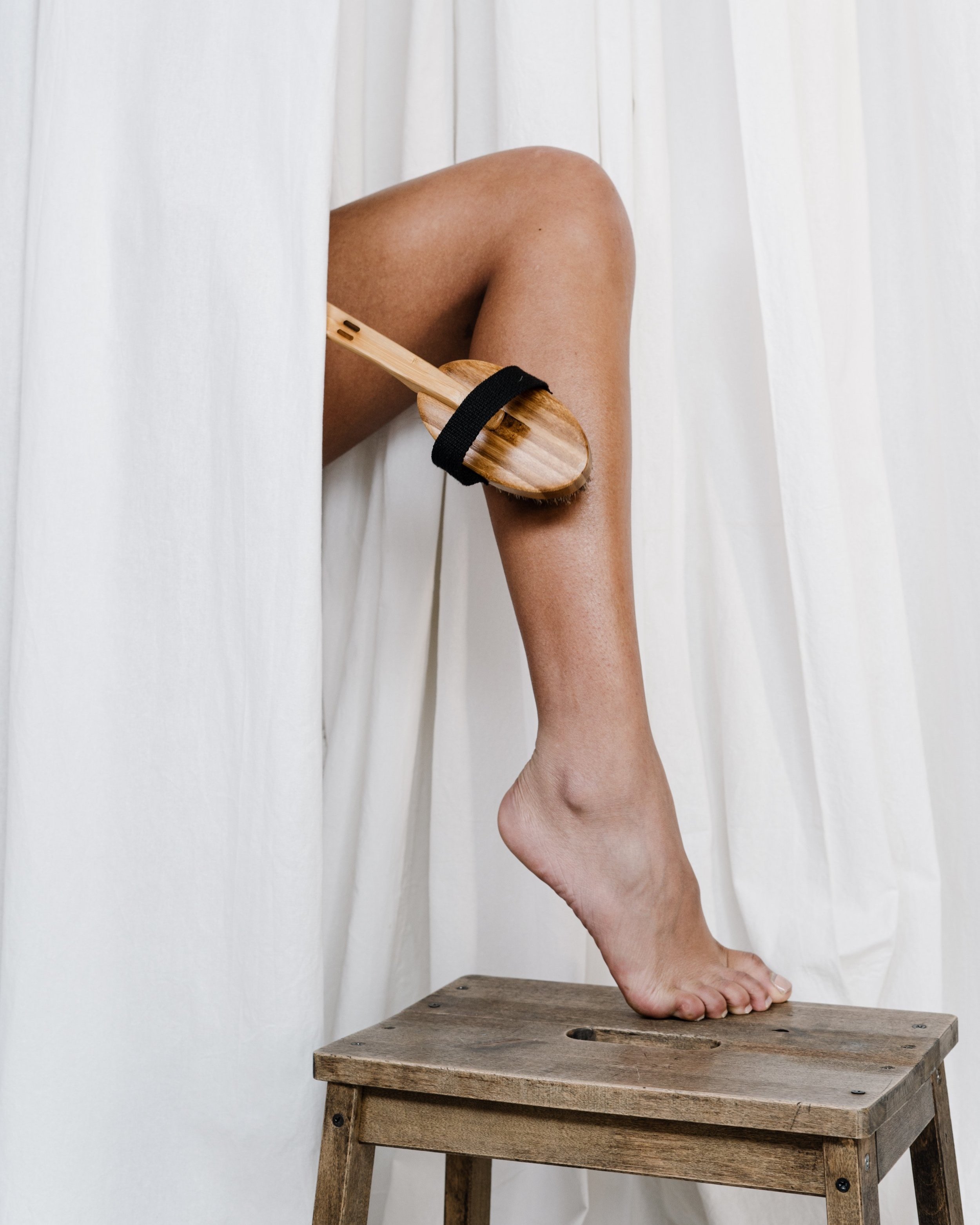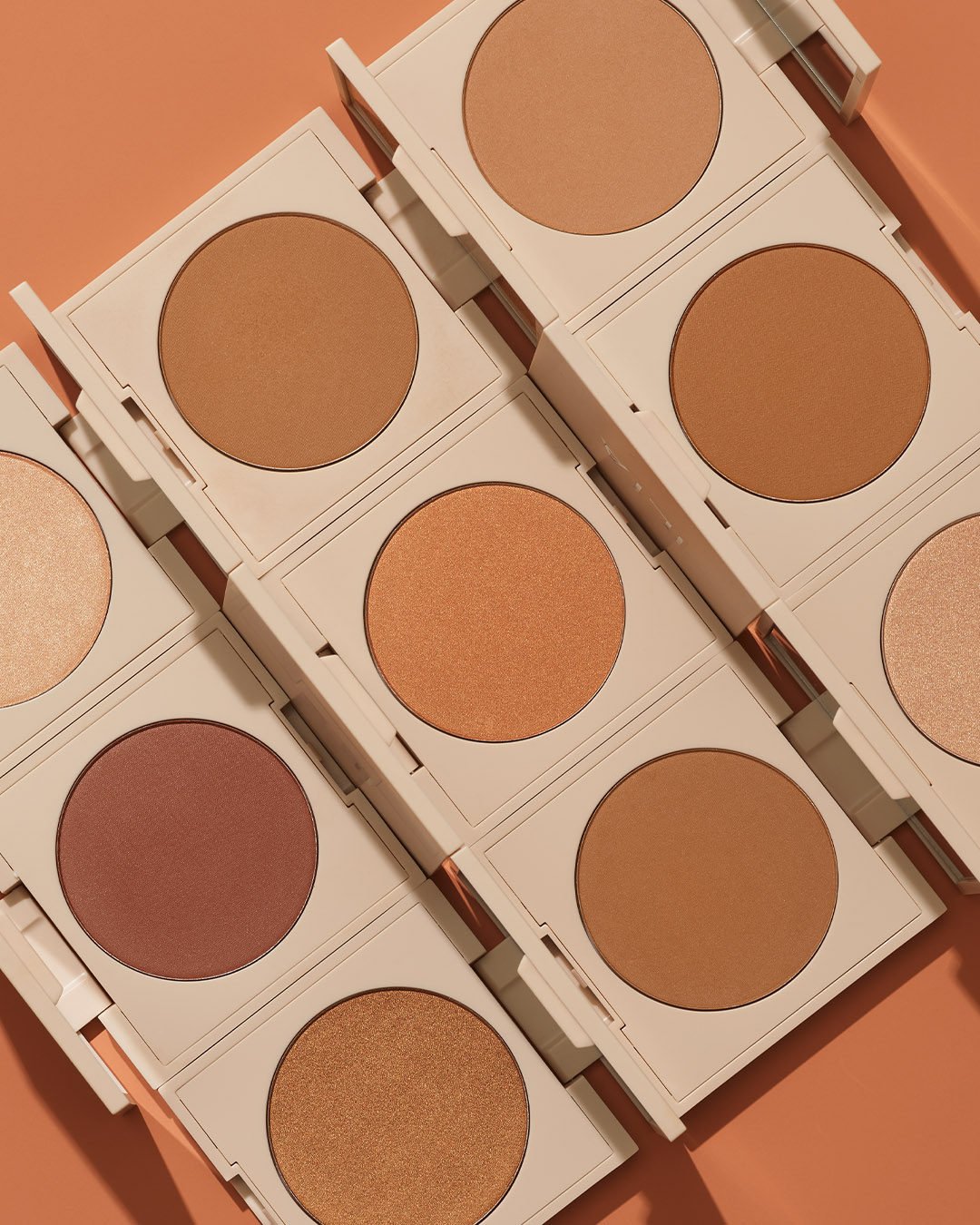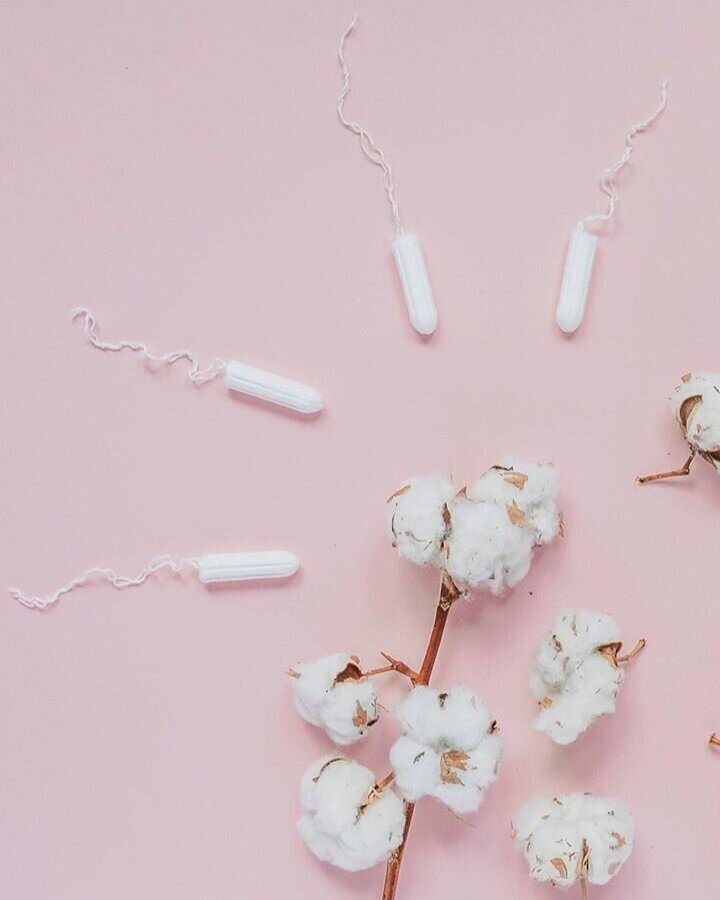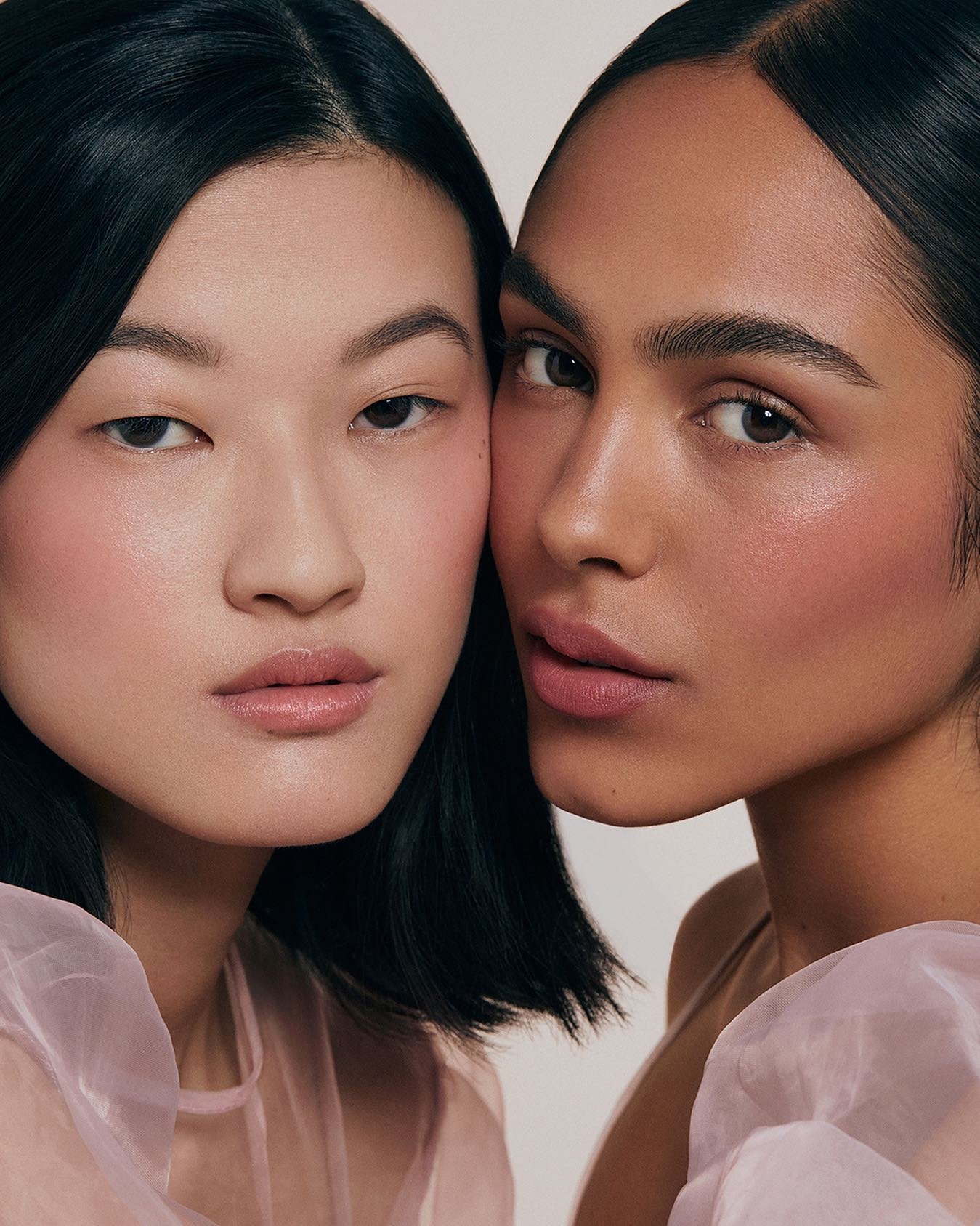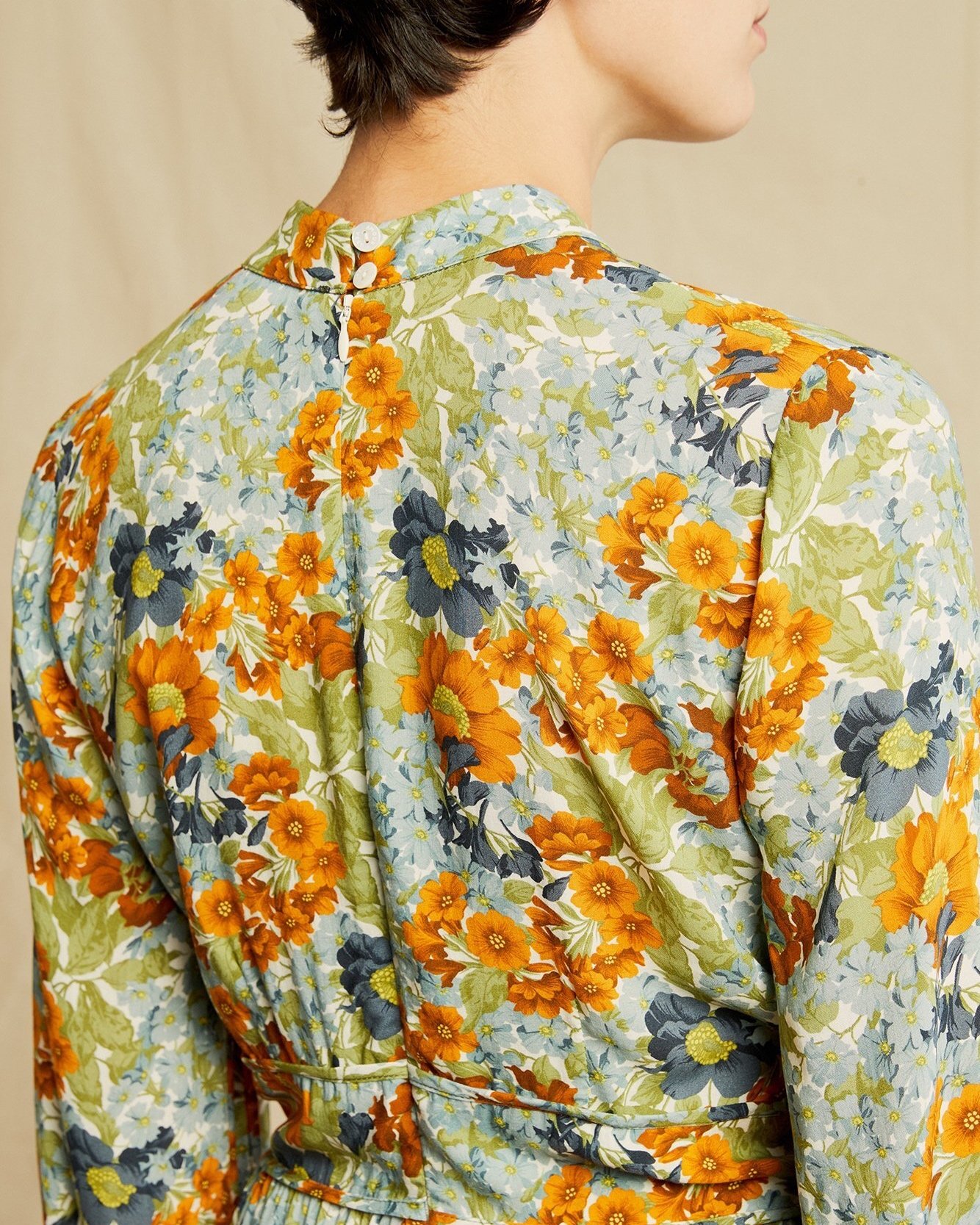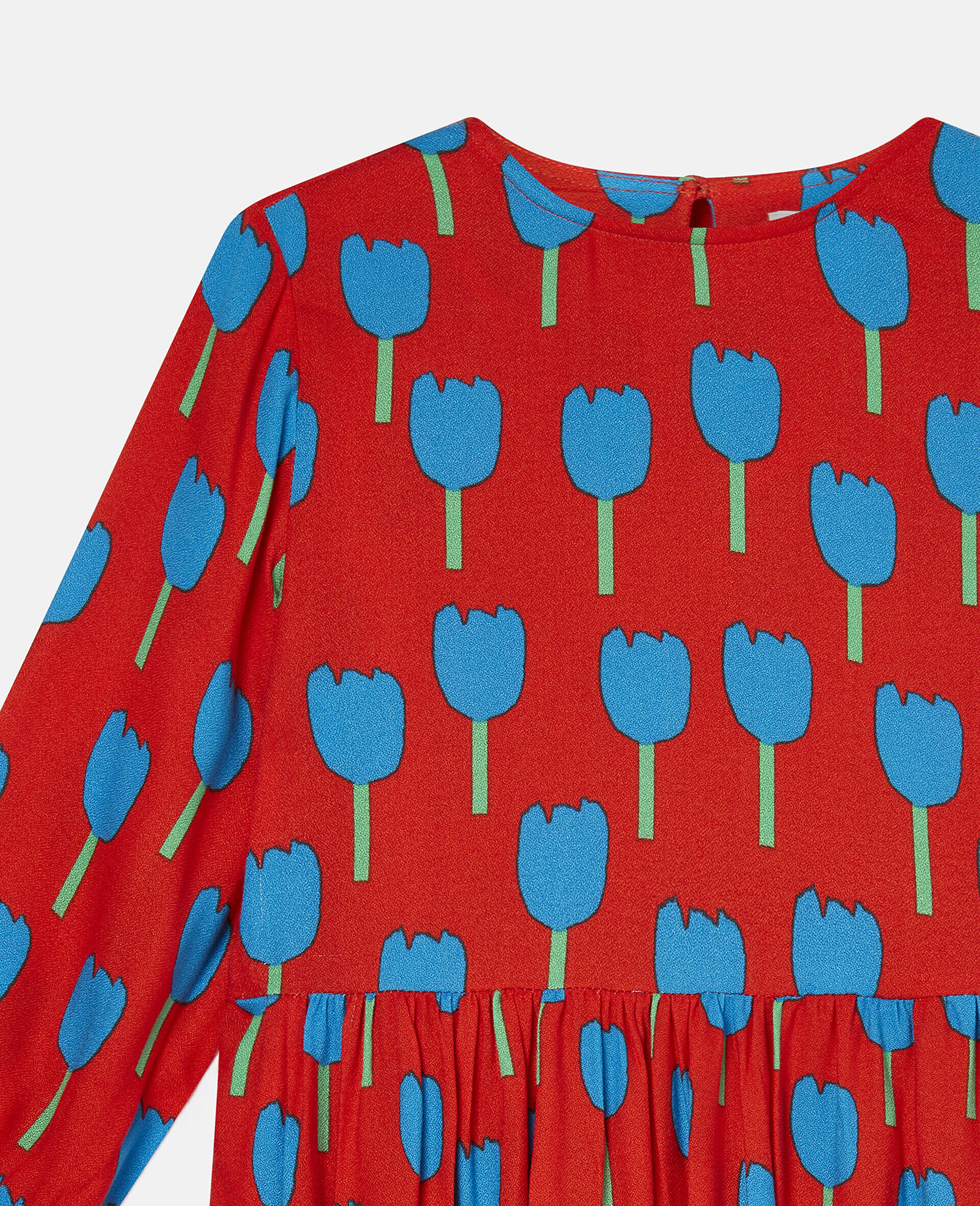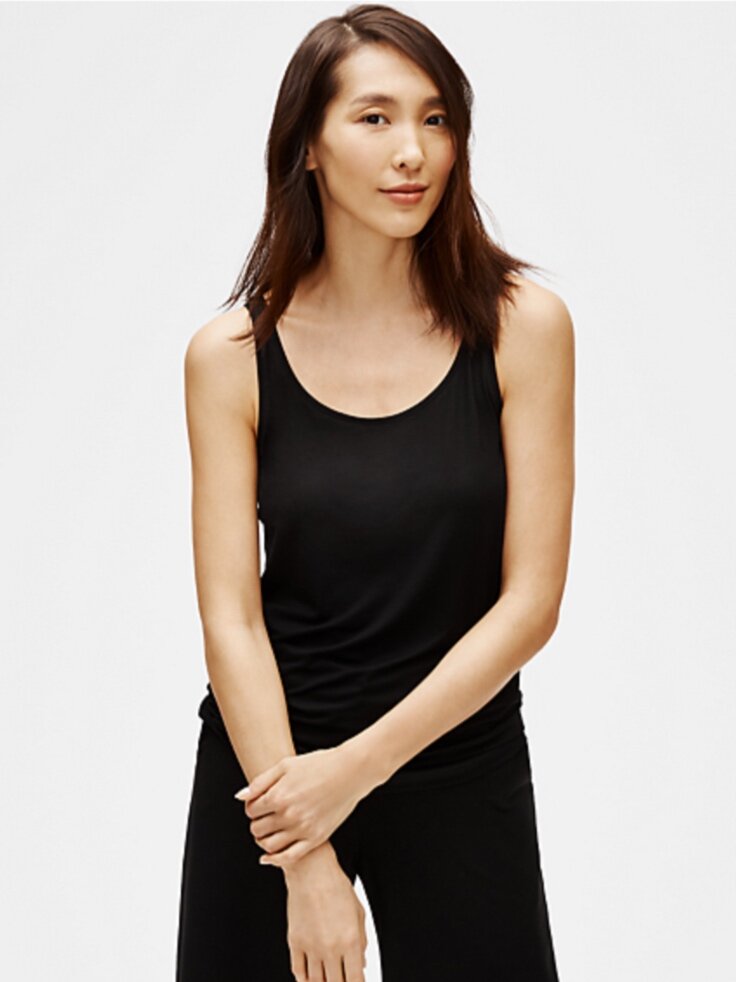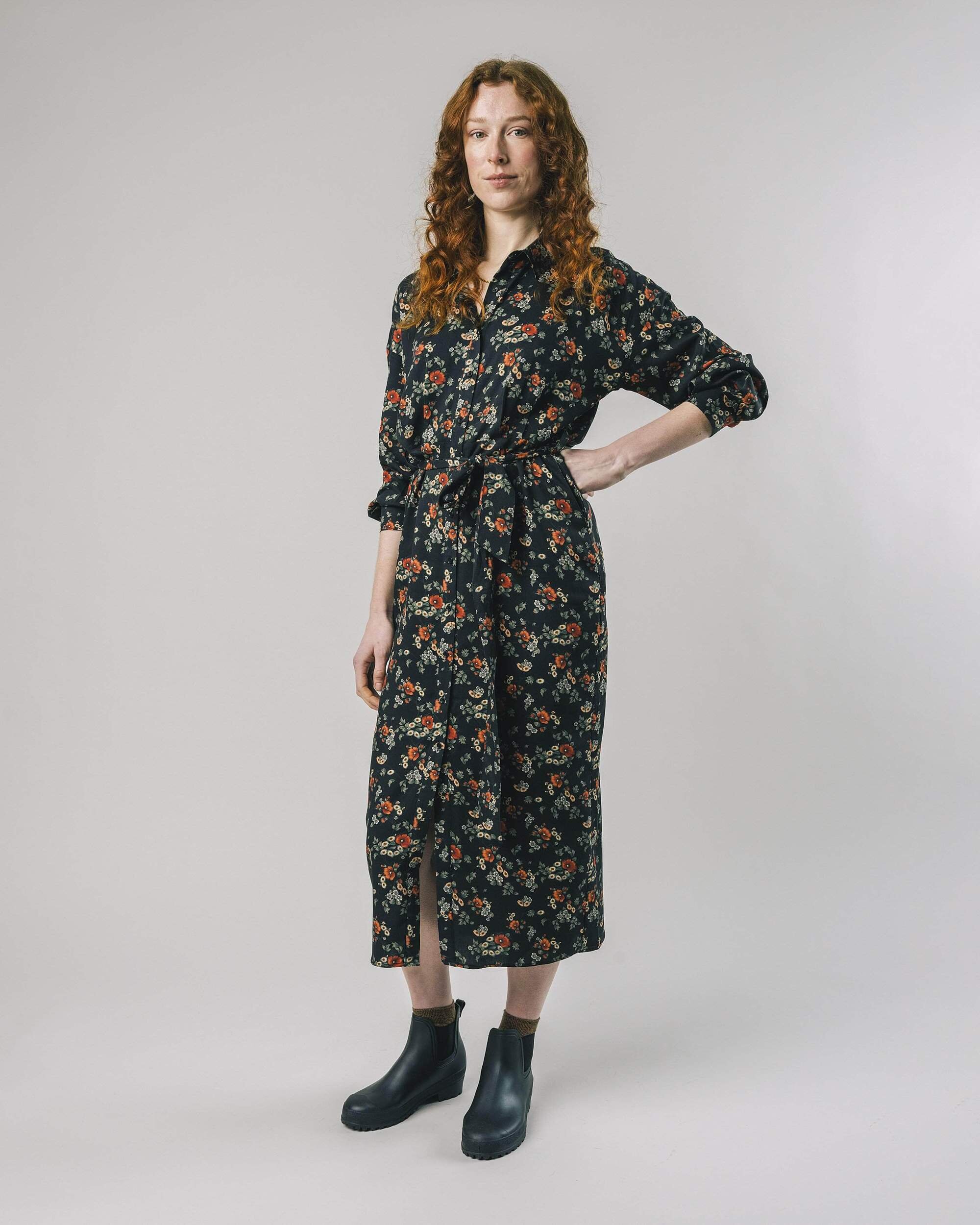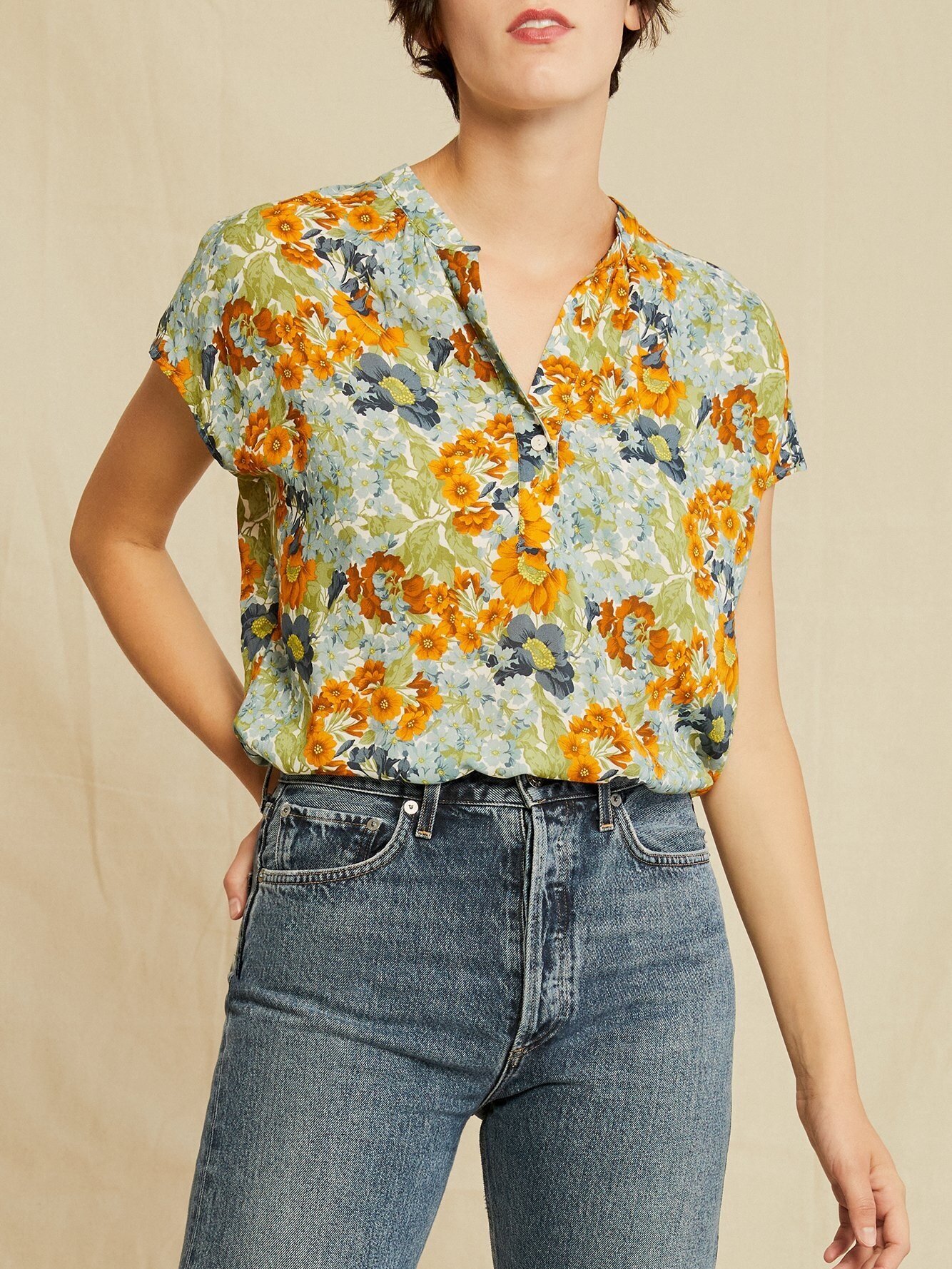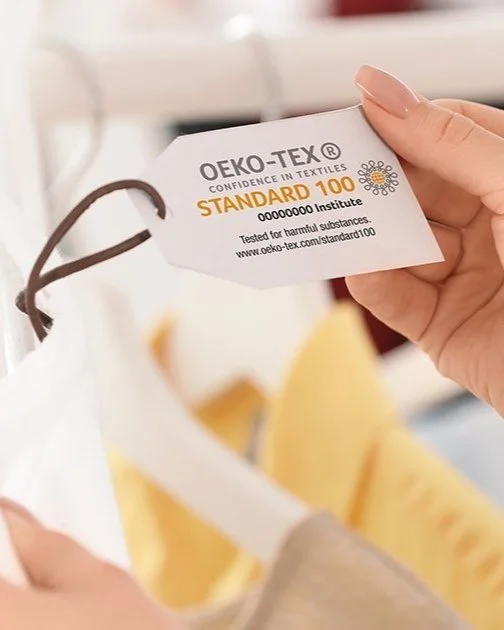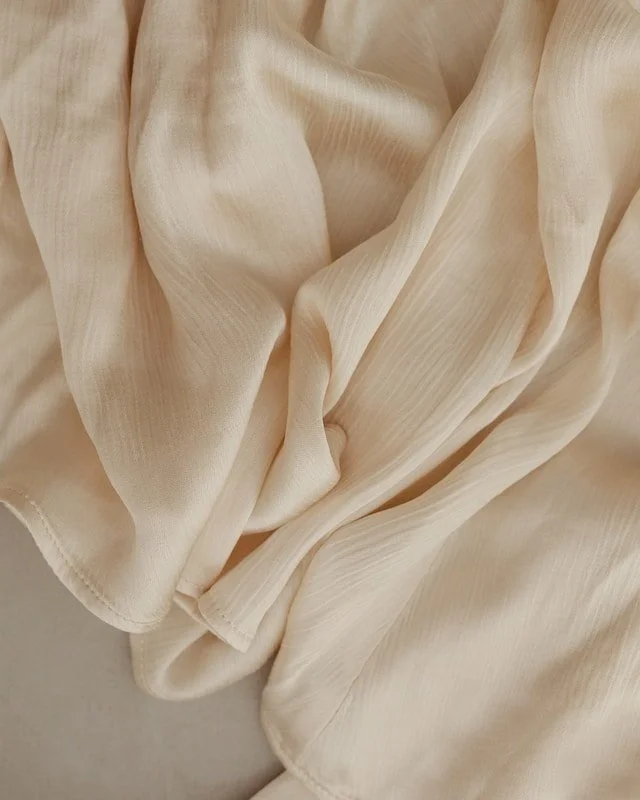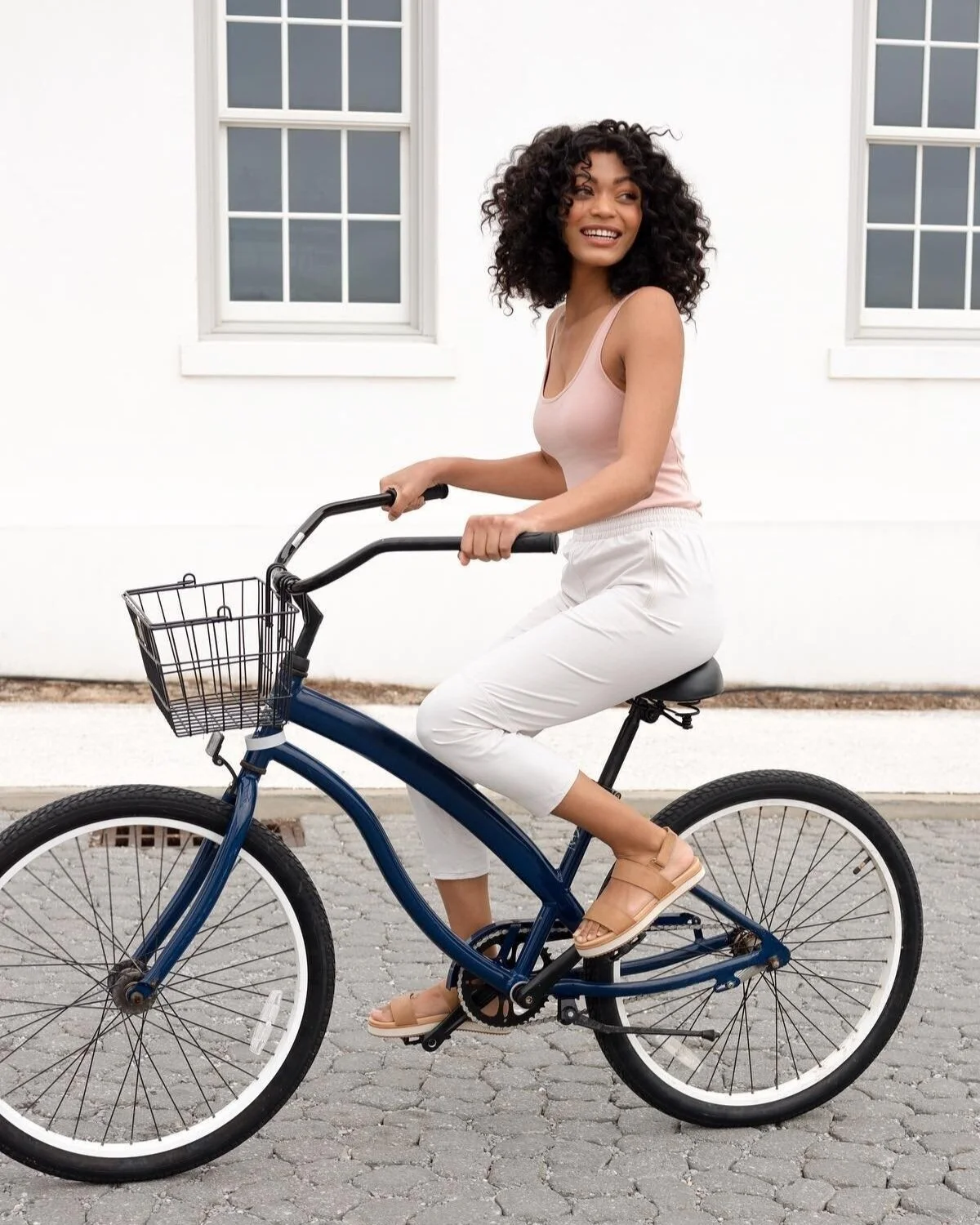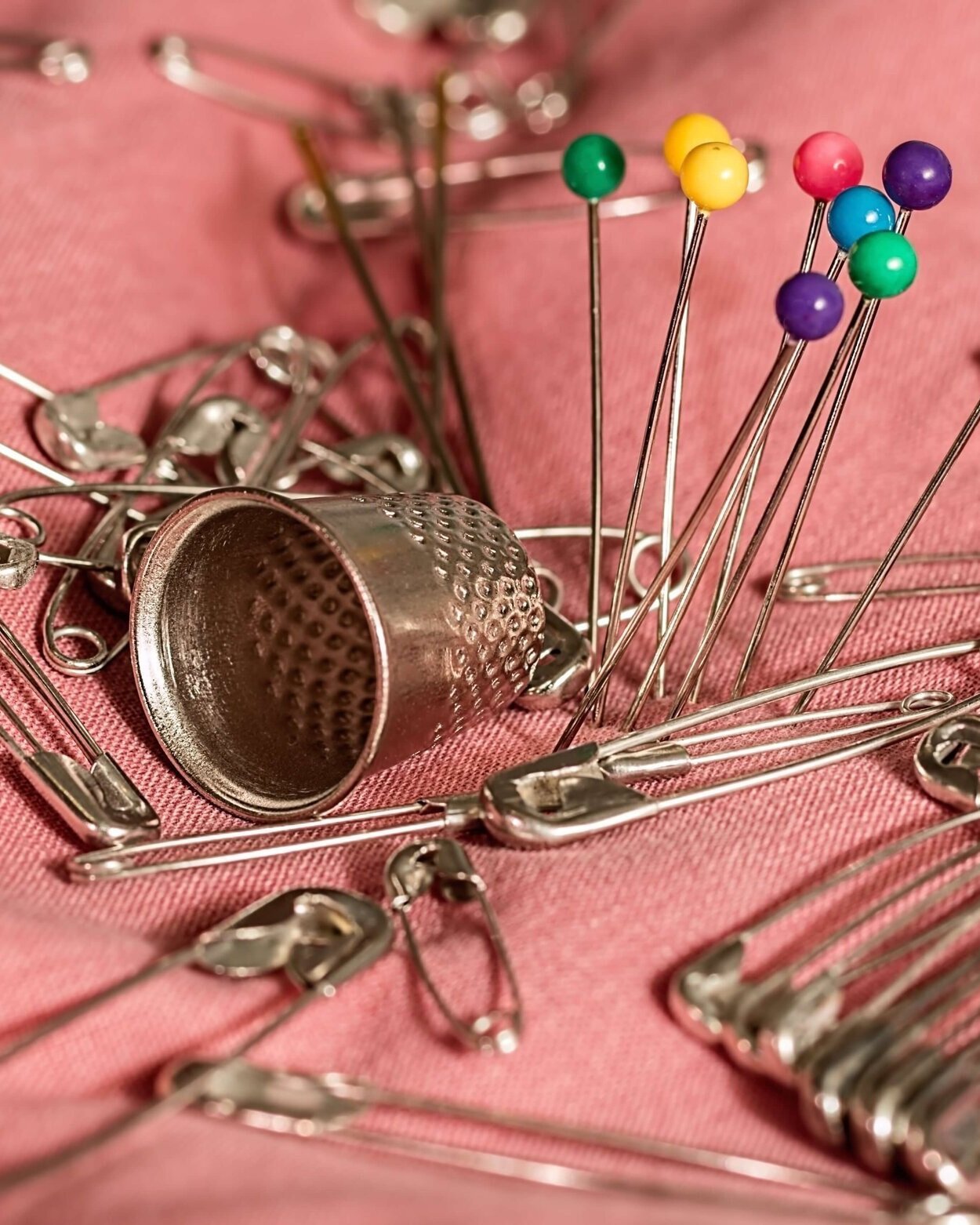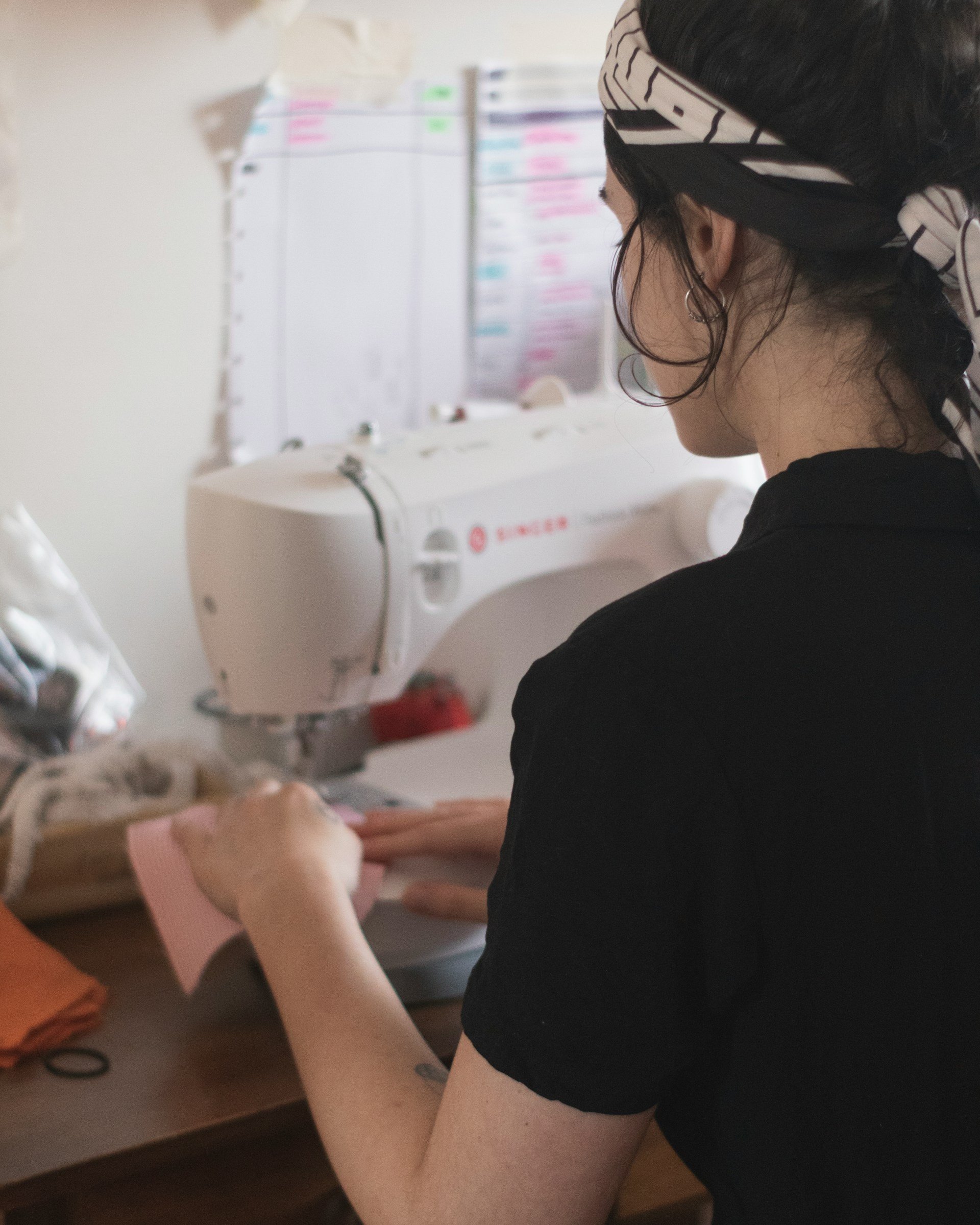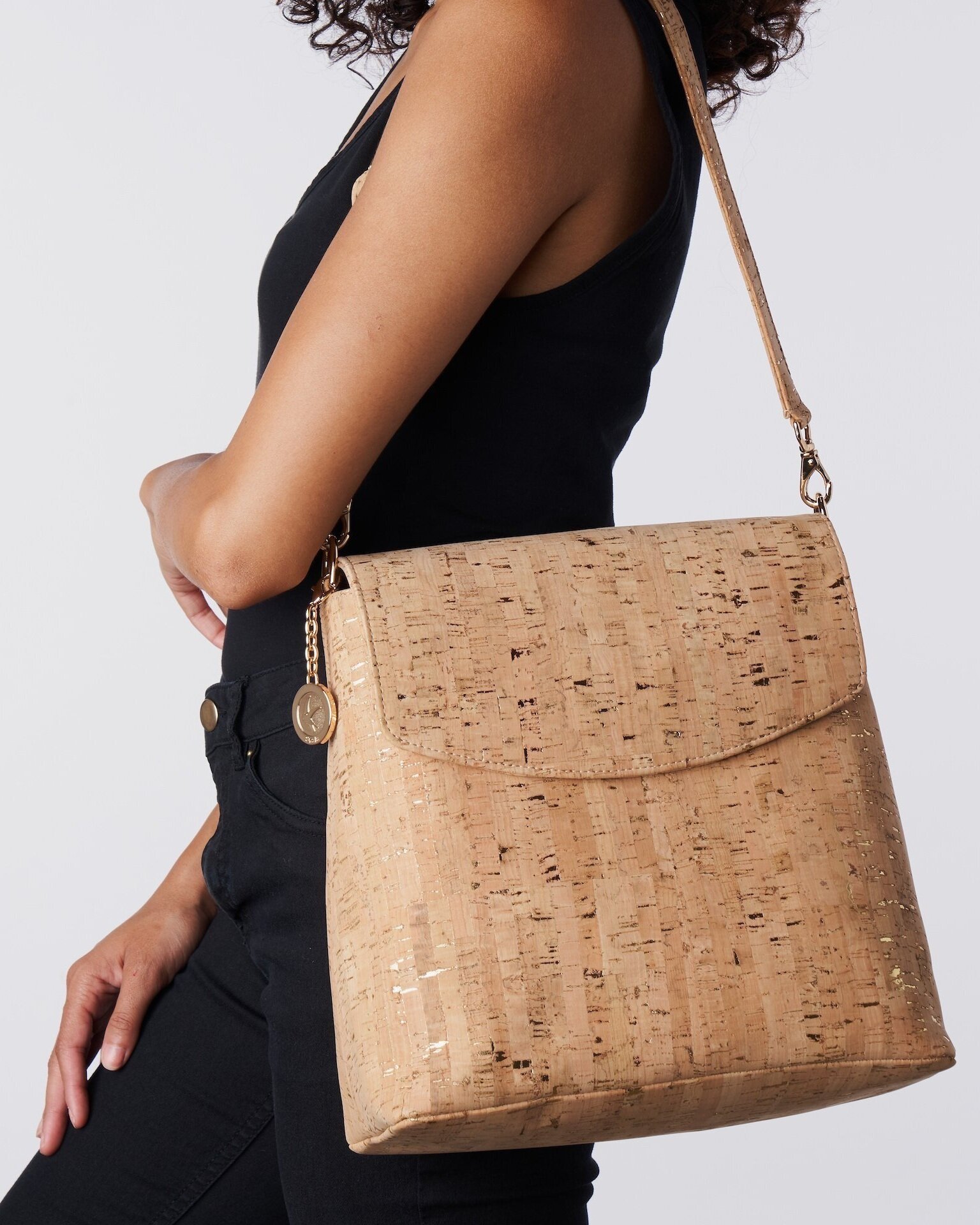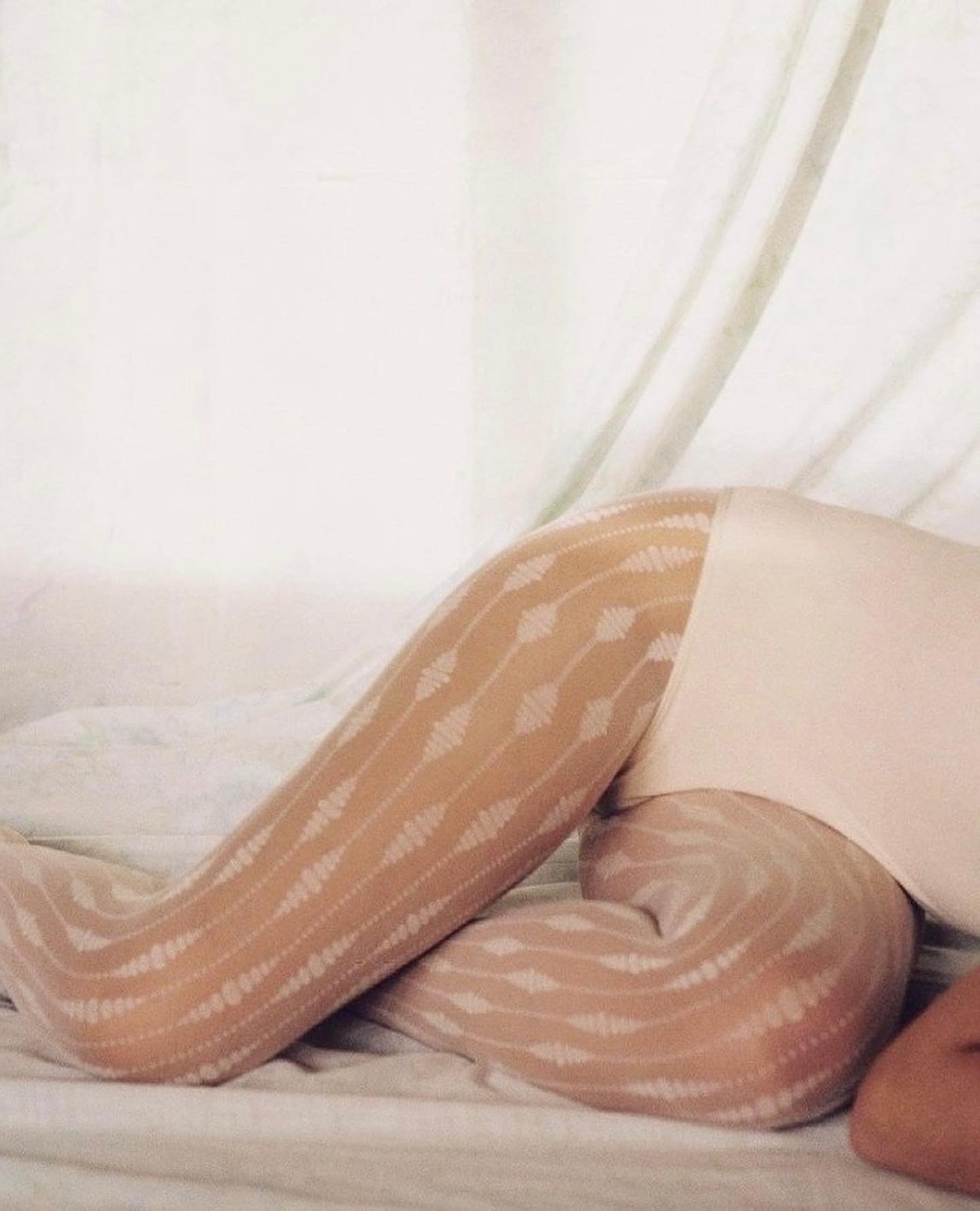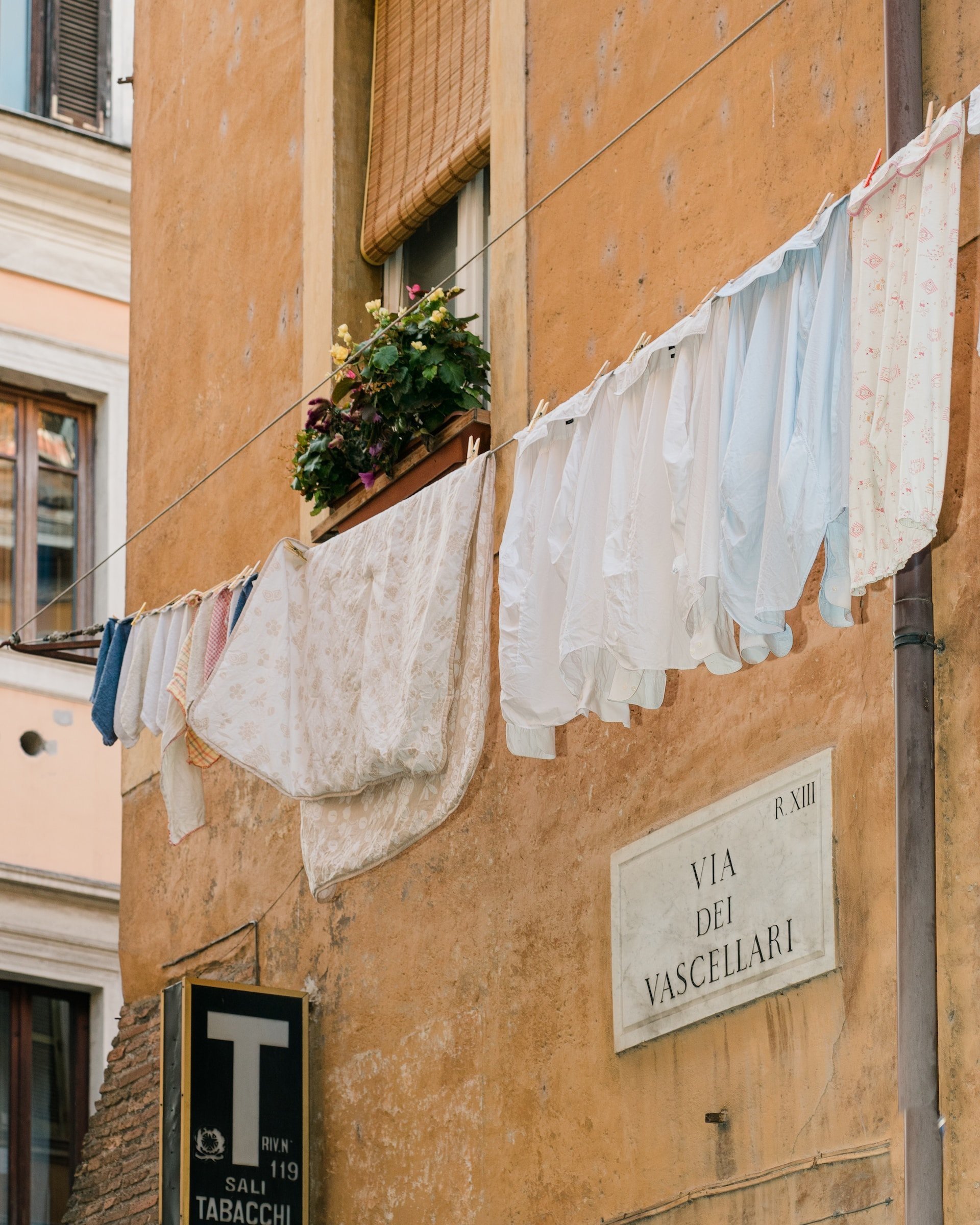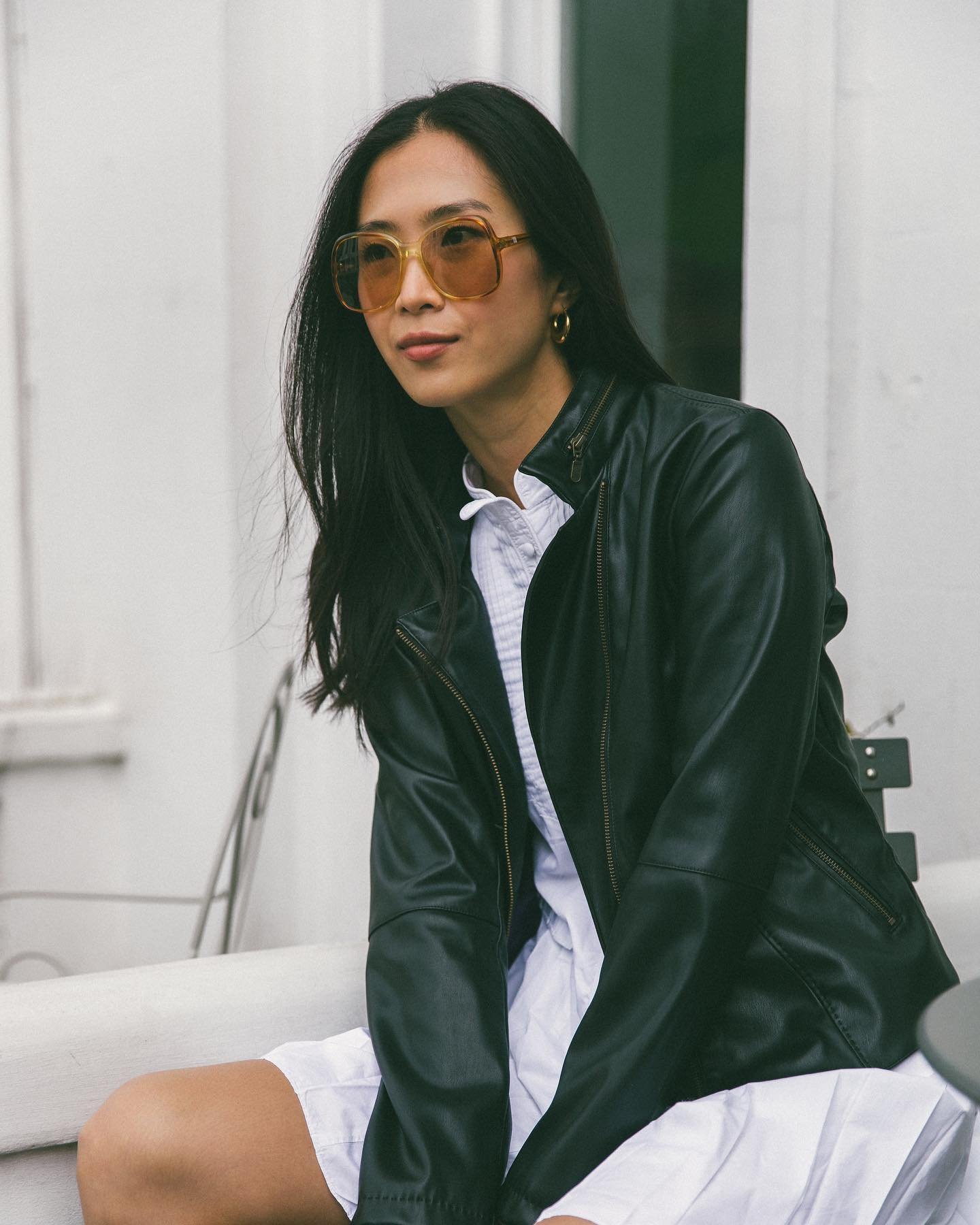Disclosure: Some of the links below are affiliated; we may earn a small commission if you click through and make a purchase. We only ever add brands & products we truly believe in. Thank you for supporting the brands who are making the world a better place!
sustainable & eco-friendly school supplies and back-to-school tips
Whether you are a college student or have kids that are in school, back-to-school shopping can be exciting. But it can also become stressful and overwhelming when you don’t know where to start and what items to buy. Stores have such a large selection for anything and everything we or our kids might need!
It can be even more complicated to purchase school supplies if you’re trying to do it more sustainably. Yet, it is so important! Back-to-school shopping can be very wasteful if we over-consume and buy things that aren’t safe for the environment, nor our kids’ health.
Whether you are homeschooling or sending your kids back to school, you have the power to make more sustainable choices while shopping for school supplies.
This guide will help you make better buying decisions and choose more eco-friendly products. It will give you tips and tricks to have a successful and sustainable back-to-school season!
3 simple steps for a sustainable back-to-school
While shopping for school supplies, do your own research to make sure you are buying eco-friendly products, in a sustainable way. Ask yourself: What school supplies do my children really need? What do we already have? How can I buy them more sustainably? What products are more eco-friendly?
1) Reuse school supplies from last year
The most sustainable thing you can do for the back-to-school season is reusing all the school supplies you already have at home from last year. From pens and pencils, to backpacks and pencil cases, your kids probably didn’t use up everything you bought for them last year.
Reusing what you already have ensures that those old supplies won’t go to waste, and you won’t need to buy as many things as you think you need. In short, you will save a lot of waste and money!
When we buy school supplies, like pens or pencils, they often come in a pack of 10 or more, which is plenty to last a school year. So check if you still have supplies and backpacks left from last year! You could also go through half-used notebooks, remove used pages, and there you have a “new” notebook for this year!
I always keep a bin at home where I store all my extra stationery and office supplies. That way, when I need a new pen or notebook, I first check in the box before heading to the store.
2) Get your school supplies second-hand
If your kids used up some of their school supplies, you could look for new supplies second-hand. Look online on Facebook Marketplace if someone is selling their stationery and office supplies in your area. Buy Nothing groups are another amazing resource where parents might be giving away backpacks, school essentials and kids’ clothing for free.
Or ask around to see if your friends and family have any office and school supplies that they do not need anymore. People usually accumulate so many office supplies, and they would probably happily let your kids have them!
3) Buy more sustainable options
It’s difficult to be 100% sustainable when it comes to buying school supplies. But some are definitely a lot better than others, so try to opt for the most sustainable options and support eco-friendly brands.
For instance, look for products made from more natural materials. Some eco-friendly materials for school supplies are metal, wood, or recycled plastic. In general, try to avoid things made from virgin plastic, and reusable options should be your go-to.
Do not forget that quality is very important! Poor-quality supplies break easily, and you will need to repurchase them more regularly. It is especially true when it comes to backpacks! Cheaply-made backpacks won’t last more than a year, so get a high-quality and timeless backpack that your kids will be able to wear for years to come.
Last but not least, don’t overbuy school supplies. Try not to buy supplies that your children won’t need, or supplies in too large quantities. Remember that if your children need something during the year and you don’t have any more of it in your home, you will easily find it at the store or online.
Sustainable school supplies and other essentials:
1) Backpacks
When looking for new backpacks, consider investing in high-quality ones that your kids will be able to wear for several school years. Make sure that your children truly love their new backpacks, so that they’ll be more likely to take care of them and want to use them for a long time.
There are so many great sustainable brands making eco-friendly backpacks! If your children are in middle or high school, or if you’re a college student and looking for a bookbag, here are some suggestions for you:
Gala backpack from Allégorie: This backpack is made from apple peels and other plant-based materials. It is so cool! It’s available in pink and black, and has many interior and exterior pockets, including a laptop sleeve. We have an entire blog post about this awesome brand on Sustainably Chic, so go check it out!
Refugio backpack from Patagonia: It is the perfect backpack for everyday activities, including school! Made from recycled nylon and recycled polyester, it features two main compartments and an external stash pocket.
If your children are younger, have a look at the following backpacks. Besides being eco-friendly, they’re all super cute!
Zem Mini backpack from Terra Thread: Available in multiple colors, this backpack is made from organic cotton and entirely carbon neutral. Each purchase helps support Feeding America, which donates meals to kids and families in need. The brand is also a B Corporation!
Brick Wall Heritage backpack from LEGO Bags: Made using recycled polyester, buying this backpack means that you are diverting 13 plastic bottles from landfills. It is functional and has ergonomically padded shoulder straps for extra comfort.
Joyride Roll Top backpack from Green Guru: This colorful backpack is made using upcycled nylon fabric and street signs scraps. It is handmade in the USA by a B Corporation.
This selection of backpacks should help you choose more sustainable and ethical options for your kids (or yourself). The great thing is that all of them are also great for everyday wear and short trips!
2) School supplies
You can probably find more sustainable school supplies at your local store. There are more and more options available for people who want to reduce their environmental impact!
However, if you want to have a larger selection of eco-friendly supplies, Earth Hero is the perfect website for you! Earth Hero is an ethical and sustainable online marketplace where you can find everything from clothing and home goods, to tech and office supplies. It is like a green Amazon! All the products available on Earth Hero are sustainable, and you have a huge quantity of products to choose from!
On Sustainable Chic, we already have an entire blog post about eco-friendly office supplies from EarthHero. But here are some additional sustainable supplies that will be perfect for back-to-school!
Pencil Cases: Pencil cases are often made using synthetic materials, which is not ideal in terms of sustainability. Terra Thread has a great pencil case made in a Fair Trade certified factory from 100% GOTS-certified organic cotton. The style is timeless, so your kids will be able to use it for years. Plus, Terra Thread is carbon-neutral and a certified B Corporation!
Pencils: If you’re looking for pencils, these plantable graphite pencils are for you! They’re made from FSC-certified wood with a natural clay and graphite core, and it has a biodegradable stub end that contains seeds. That way, once your kids are done with them, you can plant them and grow a plant!
Pens: There are many eco-friendly options for pens! You could choose a plant-based pen, like this retractable pen made from wheat straw, or a recycled plastic pen. Even better, consider buying a refillable pen, because you will only need to dispose of the ink cartridge instead of the whole pen. I recommend looking through these bamboo ones, or get your kids a classic fountain pen.
Notebooks: Year after year, your kids probably use tons of notebooks, so it’s crucial to buy greener ones! Those made from recycled paper or hemp paper are great! Earth Hero sells a notebook with sugarcane paper, which is made from leftover sugarcane pulp. How cool is that?! It requires no bleach, and less energy and water to produce it compared to regular paper. We also have this dedicated guide to sustainable notebooks and planners to check out here.
Glue: It is so important to get a more sustainable glue for your kids! Conventional glue is bad for their health and the environment, and who knows exactly what is in them? That’s why you should consider getting plant-based glues for your children. This one has non-toxic ingredients, utilizing plants instead of harmful chemicals!
Art Supplies: These colored pencils made from recycled newspapers will be perfect for your children’s art classes! Also, do not forget to get them these natural watercolor paints: they’re non-toxic and come in a metal tin with a wood paintbrush. For younger kids, I recommend these crayons made from responsibly sourced beeswax using food-grade pigments. They’re easy to hold, ideal for smaller hands!
Rulers & Math Tools: Buying a ruler and triangle made from recycled plastic can be a great option for you. My personal favorites are wooden ones; I find that they’re a lot more durable! Earth Hero sells an awesome math set with a ruler, a triangle and a protractor, all made of bamboo. It also includes a metal compass, a wooden pencil sharpener and a non-toxic eraser.
A Few Other Essentials: I love that Earth Hero sells so many recycled products! Their eraser is made from recycled rubber to minimize virgin resource extraction. Your kids may also need these recycled plastic scissors, or these highlighters made from recycled water bottles. You can find so many other school supplies on the website, so have a look to get exactly what your children need!
3) To-go lunch
If you are preparing to-go lunches for your kids to eat at school, you can make small, yet powerful, changes to make things more sustainable. You can easily avoid single-use plastic, swap all the disposable products your kids are using, and replace them with reusable options.
My favorite swap, and probably the one that will make you save the most money, is to invest in a stainless steel water bottle for your children. Drinking out of a plastic bottle isn’t healthy, is expensive in the long run, and creates a lot of unnecessary waste.
Another unhealthy item is plastic to-go containers. If your kids eat their lunch from plastic Tupperware, they risk ingesting harmful and toxic chemicals. Plus, plastic containers can break easily! That’s why I recommend that you get your children stainless steel to-go containers. They’re sturdy and 100% safe.
Beeswax wraps and silicone bags are other practical swaps to pack sandwiches or snacks. Instead of disposable cutlery, your children could take utensils from home. But if you prefer them to have lighter options, reusable bamboo cutlery is great too!
Do not forget to give them a few cloth napkins, because those always come in handy while eating. And if your kids need a new lunch bag, this one is made from GOTS-certified organic cotton and is a great addition for them to have a plastic-free lunch.
A final way you can make your kids’ lunches more sustainable is to cook them homemade meals with local and organic food, if that’s possible for you.
4) Clothing
Whether you are a student yourself or have kids going back to school soon, you may need to buy a few new clothing pieces for back-to-school. It is especially true if you have younger kids, because they can grow so much in just a few months! It means that last year’s clothing might not fit them anymore, and you need to supplement with extra clothes.
When buying new clothing, opt for natural materials over synthetics. Natural fabrics are breathable and do not shed microplastics when they’re being washed. Also, try to invest in high-quality pieces so that they do not wear out so quickly.
You could look if you can find clothing second-hand. But if you can’t find what your kids need, consider buying from sustainable brands, like Pact, Ten Little or Mightly. On Sustainably Chic, we have various articles to help you with that! Check this blog post about the best sustainable kids clothing brands! We’ve also recently published a post for Sustainable Tween Fashion, and here is a post of Affordable Sustainable Fashion Brands your teens may like.
Other essentials
Back-to-school season means that you may need to buy books for your kids (or yourself, if you’re a student). The best way to shop for books is second-hand! You’ll save tons of money, and save trees at the same time!
You can look on websites like eBay, go to a second-hand store, or borrow them from the library. If you’re a student, textbooks are often expensive, so buying them from older students is a great option.
If you’re homeschooling your kids or studying from home, you will probably also need a computer. If you don’t have any yet, consider getting a refurbished one. Tech is so bad for the environment, so buying it used is the best thing you can do! Try to do the same with calculators and other school gadgets.
Final thoughts
Back-to-school shopping doesn’t have to be complicated, even if you’re trying to do it sustainably. So many eco-friendly supplies are available to us; we just need to make better choices!
Reuse school supplies from the previous year, and once you’ve made an inventory, you will know exactly what supplies you’ll need to buy. Second-hand is always the best option, but you cannot go wrong buying sustainably-made products or items from sustainable brands!
Make sure to avoid overconsuming, and you’ll be ready for a successful and sustainable back-to-school!
Meet the Contributor:
Eva Astoul is a French freelance writer, specializing in content related to sustainability, simple living, and a growth-focused healthy lifestyle. She runs her own blog, Green With Less, to inspire people to live a more minimalist and sustainable life.
MAKE SURE TO PIN THE PHOTO BELOW TO SAVE THIS POST FOR LATER!
Want more? VISIT OUR
sustainable
brand directory!
Our Brand Directory is home to hundreds of sustainable brands, from makeup to cleaning supplies, from underwear to shoes. We have broken everything down by category for easy shopping, along with discount codes unique to Sustainably Chic viewers.


